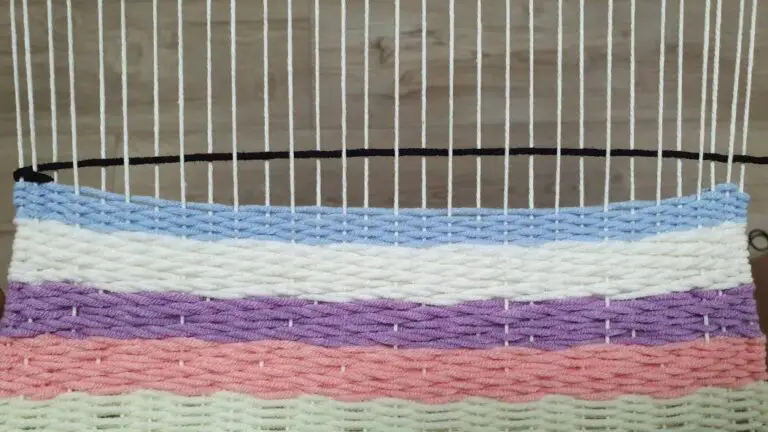73+ Flowers That Start With P (Pictures And Facts)
Flowers that start with the letter P are incredibly diverse and numerous, with many varieties to explore. While we may be familiar with petunias, peonies, and poppies, there’s a vast array of flowers that share this initial letter. For those who enjoy ordering flowers by their initials, this article will provide an exhaustive list of over 70 P-flowered plants.
From the exotic peanut cactus to the beautiful pot marigold, we’ll delve into the world of P-flowers and discover many new varieties to admire.
1. Peanut Cactus (Echinopsis Chamaecereus)
2. Pasque flower (Pulsatilla vulgaris)
3. Prickly Pear Cactus (Brasiliopuntia Brasiliensis)
4. Polyanthus (Streptocarpus polyanthus)
5. Parodia (Parodia Warasii)
6. Peyote (Lophophora Williamsii)
7. Prickly pear (Opuntia compressa)
8. Pot Marigold (Calendula officinalis)
9.
Parry’s Agave (Agave parryi)
10. Potentilla (Potentilla)
11. Poppy Anemone (Coronaria)
12. Pincushion Flower (Scabiosa atropurpurea)
13. Pelargonium (Angel Eyes)
14. Passion Flower (Passiflora)
15. Peony (Paeonia tenuifolia)
16. Peace Lily (Lilium)
17. Peruvian Lily (Alstroemeria)
18. Pearly Everlasting (Anaphalis margaritacea)
19. Philippine evergreen (Aglaonema commutatum)
20. Primrose (Primula vulgaris)
21. Plume poppy (Macleaya cordata)
22. Plume Celosia (Cockscomb)
23.
Primrose (Primula × pubescens)
24. Pincushion Flower (Scabiosa japonica)
25. Prairie phlox (Phlox pilosa)
26. Pencil Cholla (Cylindropuntia Arbuscula)
27. Perennial Flax (Linum perenne)
28. Persian Buttercup (Ranunculus)
29. Pink Lady’s Slipper (Cypripedium Orchid)
30. Primrose (Primula × bulleesiana)
31. Pineapple sage (Salvia elegans)
32. Penstemon (Beard Tongue)
33. Prairie smoke (Geum triflorum)
34. Poppy (Papaver alpinum)
35. Pansy (Viola wittrockiana)
36.
Peach leaved bellflower (Campanula persicifolia)
37. Paperbush Plant (Edgeworthia Chrysantha)
38. Pulmonaria (Pulmonaria rubra)
39. Privet Shrub (Ligustrum)
40. Petunia (Calibrachoa)
41. Plumbago (Ceratostigma plumbaginoides)
42. Parsley (Petroselinum crispum)
43. Petunia (Solanaceae)
44. Portulaca grandiflora (Moss Rose)
45. Pointsettia (Christmas Flower, Easter Flower)
46. Perennial pea (Lathyrus latifolius)
47. Paraguay Nightshade (Solanum Rantonnetii)
48.
Polka Dot Plant (Hypoestes phyllostachya)
49. Parrot’s beak (Lotus berthelotii)
50. Pincushion flower (Scabiosa caucasica)
51. Prickly Pear Cactus (Opuntia spp.)
52. Painted Daisy (Tanacetum coccineum)
53. Paper Daisy (Helipterum roseum)
54. Perennial Cornflower (Centaurea montana Gold Bullion)
55. Peppermint (Mentha × piperita)
56. Powder Puff Cactus (Mammillaria Bocasana)
57. Prairie poppy mallow (Callirhoe alcaeoides)
58. Powder Puff (Calliandra)
59. Pincushion Flower (Scabiosa)
73+ Flowers That Start With P
Peanut Cactus (Echinopsis Chamaecereus)
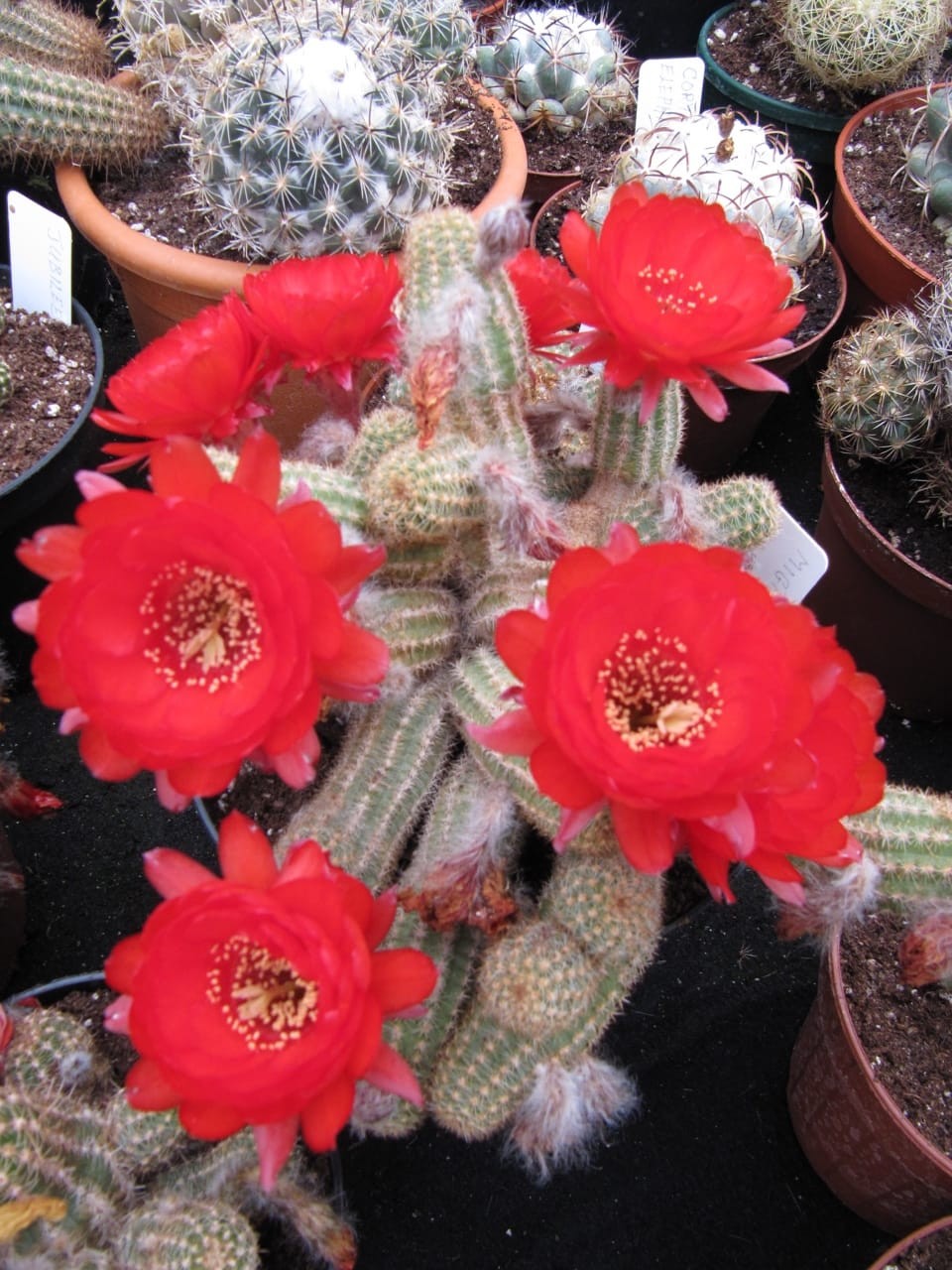
The Argentine native stands out for its unique feature – finger-like, peanut-shaped stems that set it apart from other plants. As the seasons transition into spring and early summer, this remarkable plant bursts forth with vibrant, large-scale orange blooms.
Pasque flower (Pulsatilla vulgaris)
The marigold, a member of the buttercup family, holds the distinction of being the most widely cultivated flower within its group. Despite producing charming, bell-shaped blooms in a rich shade of purple, every aspect of this plant is deemed poisonous.
Prickly Pear Cactus (Brasiliopuntia Brasiliensis)
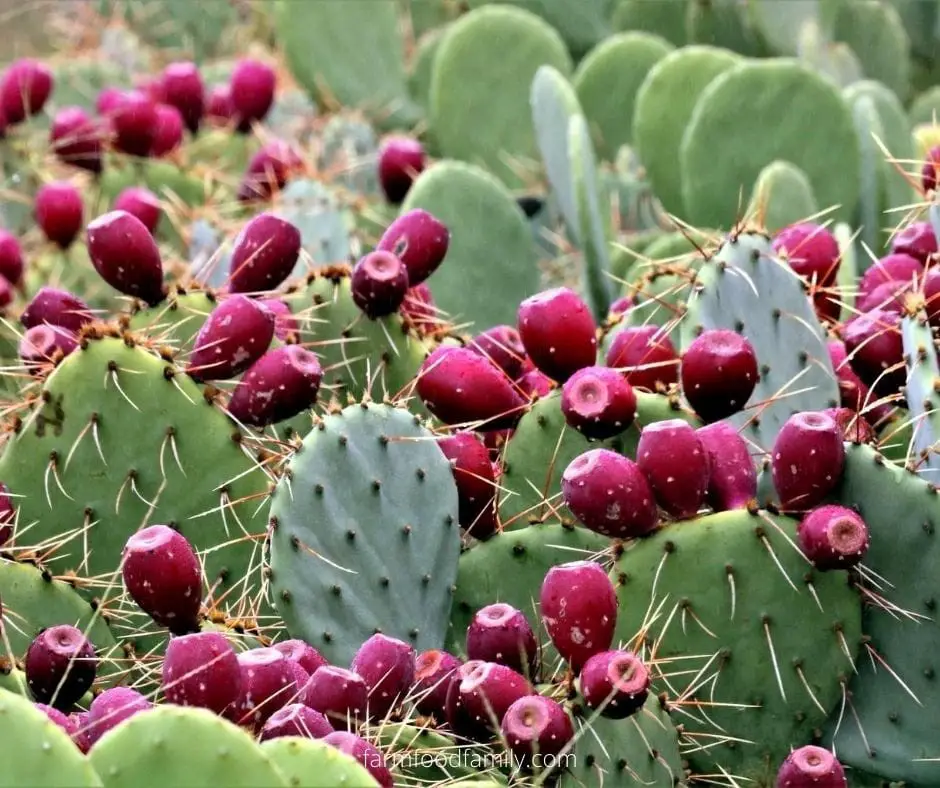
The Opuntia species, a member of the cactaceae family, is characterized by its unique pear-shaped leaves adorned with thorns, earning it its distinctive name. This remarkable plant is also notable for producing tiny, tubular flowers that come in a range of vibrant colors including pink, red, and yellow. For more information on how to cultivate this fascinating species, read: Propagating Prickly Pear Cactus
Polyanthus (Streptocarpus polyanthus)
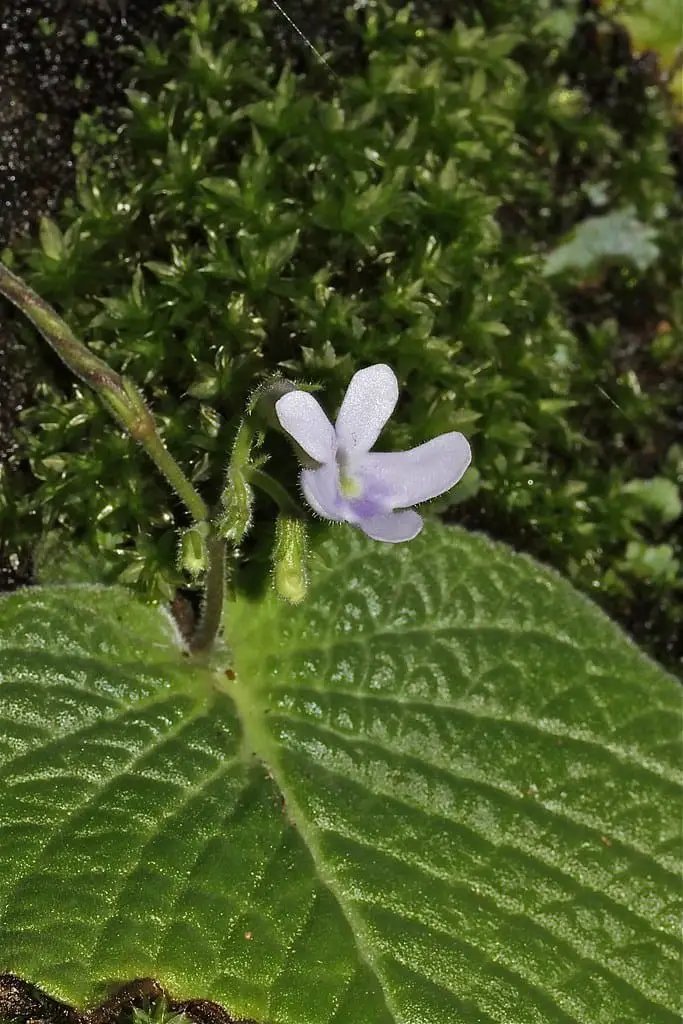
The humble succulent boasts an unmistakable appearance, characterized by its unique lack of stems. Instead, it’s defined by the robust, wavy shape of its leaves, which are covered in prominent ridges. As if this weren’t enough, the plant also produces diminutive, lavender-hued blooms that punctuate the seasons from spring through summer.
Parodia (Parodia Warasii)
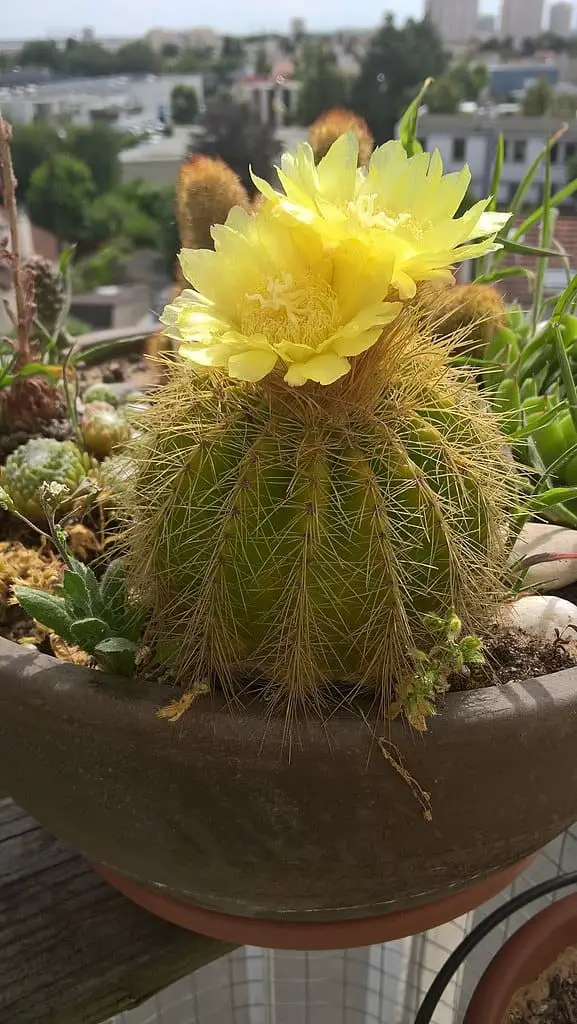
The Opuntia species is characterized by its short but robust stem that measures about 2 inches in length. The surface of the stem features sharp ridges, providing a unique texture. In addition to its distinctive appearance, this cactus produces small, bright yellow flowers. One notable aspect of this plant’s behavior is its ability to thrive in conditions with little to no water, making it an unusual specimen among its fellow cacti.
Peyote (Lophophora Williamsii)
Native to both Mexico and Texas, the plant thrives in its natural habitats under the shade of bushes or in open terrains. This species is characterized by its stunning white (occasionally pink) blooms that emerge in the spring, adding a touch of beauty to the surrounding landscape.
Prickly pear (Opuntia compressa)
While sharing similarities with Brasiliopuntia, this succulent stands out due to its vibrant yellow flowers featuring a striking red center. What’s truly unique is how the flowering stems detach from the mother plant and establish themselves as independent entities, producing their own roots. This fascinating process sets it apart from other succulent species.
Pot Marigold (Calendula officinalis)
Marigolds are renowned for their striking, pungent blooms that emit a strong orange and yellow hue, making them an ideal choice for edging gardens. Moreover, these vibrant flowers possess natural insect-repelling properties, effectively warding off unwanted pests like mosquitoes. With their many benefits, it’s no wonder marigolds have become a popular addition to many outdoor spaces. For more information on growing and caring for these beautiful blooms, be sure to read our accompanying article.
Parry’s Agave (Agave parryi)
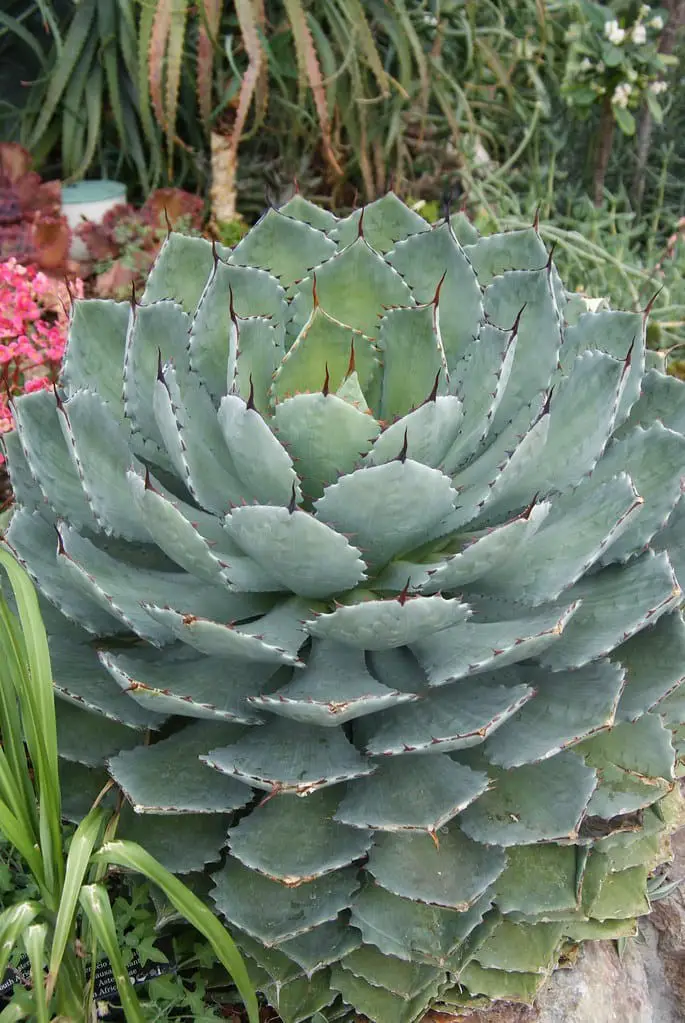
The artichoke agave is a visually striking plant, distinguished by its thick, silver-blue/green leaves adorned with spiky edges. One of the most intriguing aspects of this plant is its flowering process. While it’s not an annual bloomer, the artichoke agave does produce a spectacular display once every 10 years. When it does, the plant erupts in clusters of vibrant pink and red rosettes, adding a pop of color to its otherwise architectural foliage.
Potentilla (Potentilla)
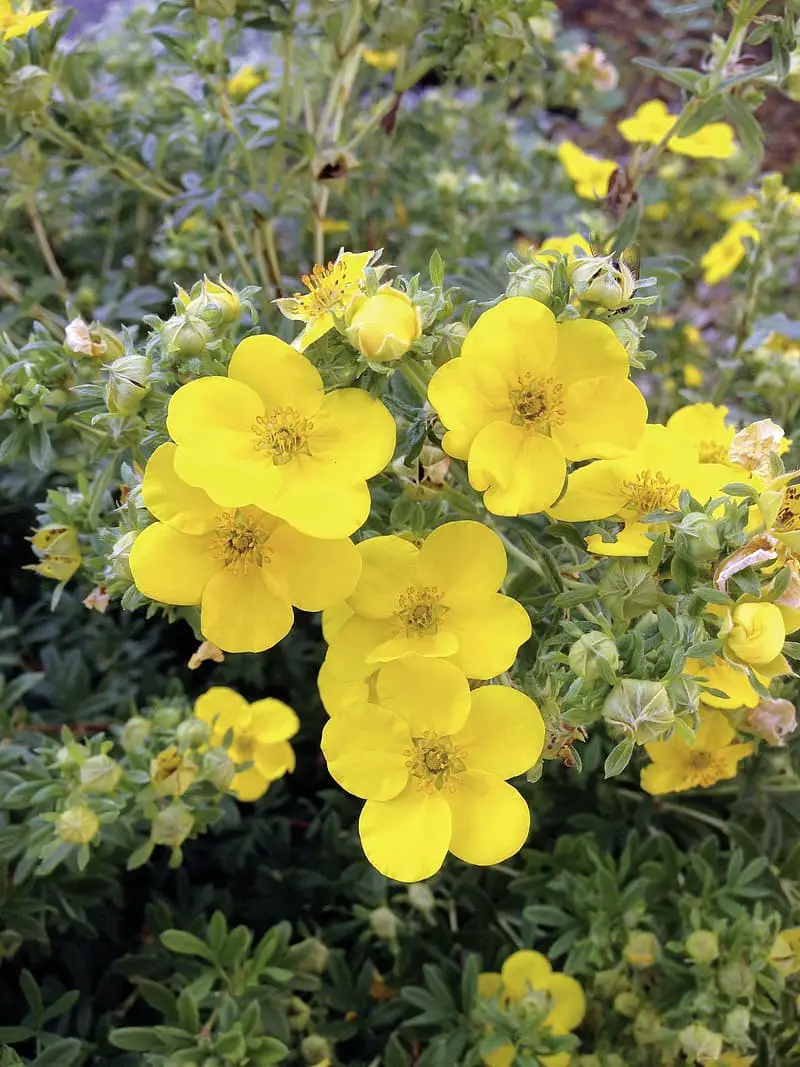
The cinquefoil, a widely recognized and beloved landscape shrub, boasts an impressive array of characteristics that make it an ideal choice for many gardeners. Not only is it straightforward to cultivate, but it also exhibits remarkable resilience in the face of inclement weather and challenging soil conditions. Furthermore, its winter hardiness allows it to thrive year-round, while its prolonged bloom time ensures a visually appealing display of color throughout the seasons.
Poppy Anemone (Coronaria)
The majestic Anemone coronaria, a prized cut flower in the world of floristry, boasts an extraordinary appearance that has captured the hearts of many. Its delicate, velvety petals unfold in a rich purple hue, while the center of each bloom is adorned with a striking navy blue coloration. This unique combination has earned it a special place in wedding bouquets and other floral arrangements, making it a popular choice for corsages and boutonnieres at formal events.
Pincushion Flower (Scabiosa atropurpurea)
The Pincushion Flower, with its aptly named petals resembling pin-like protrusions, is a stunning sight to behold. As it blooms from spring to summer, its vibrant, flame-inspired hues add a pop of color to the landscape.
Pelargonium (Angel Eyes)
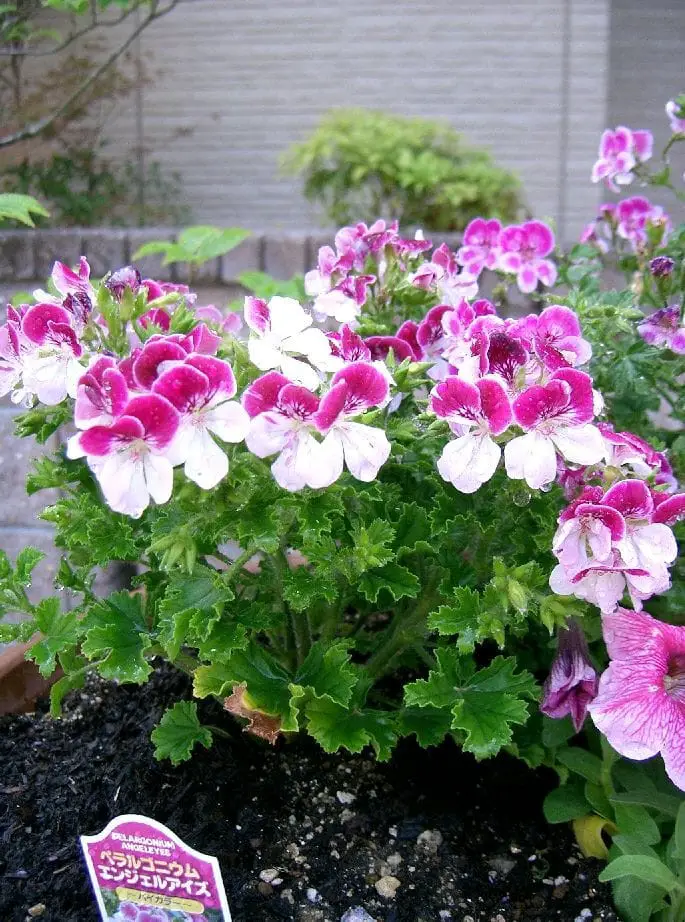
One of the most prolifically hybridized flowers is characterized by its remarkably delicate blooms, which appear almost artificial in appearance due to their pale pink hue and white edging. What’s even more intriguing is that various crossbred varieties of this flower are distinguished by their leaves, which emit fragrances reminiscent of rich chocolate, warm cinnamon, and refreshing peppermint, among others.
Passion Flower (Passiflora)
This versatile plant can thrive as both a shrub and a climber, making it a captivating sight to behold. But its appeal extends beyond its striking appearance – it’s also remarkably adaptable, capable of flourishing in a wide range of climates, from the warmest to the coolest.
Peony (Paeonia tenuifolia)
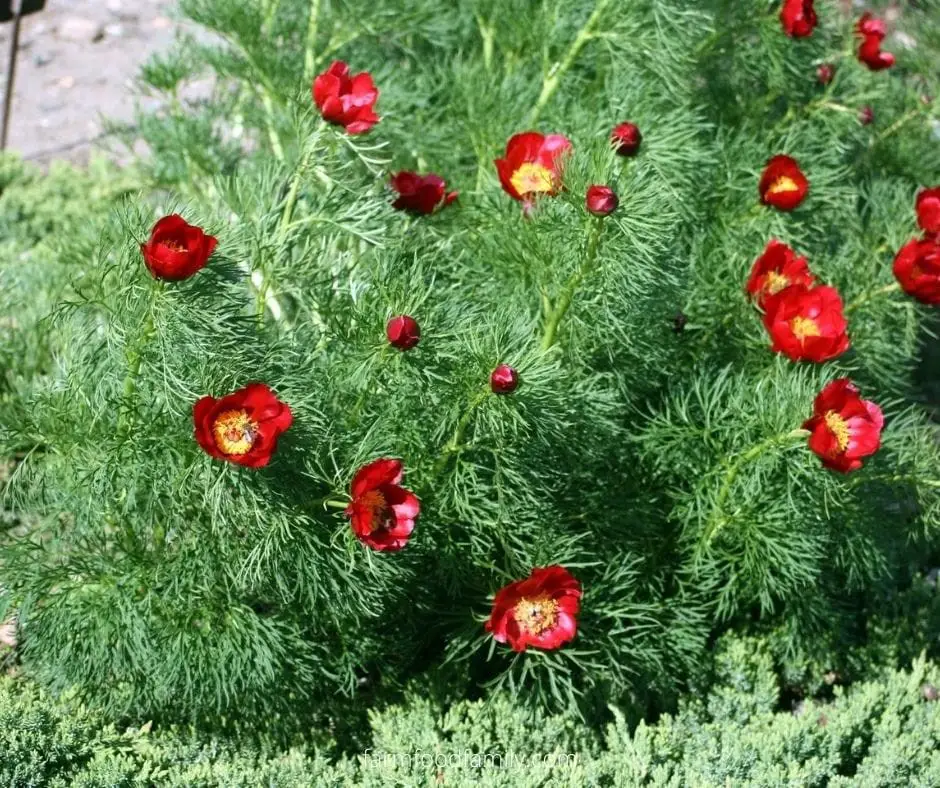
Tulips have gained popularity as a go-to flower for wedding bouquets due to their vibrant red, white, and pink hues. These cup-shaped blooms are a staple in many gardens during the spring and summer months, filling the air with a sweet fragrance when cut and placed in vases or enjoyed in the garden.
Peace Lily (Lilium)
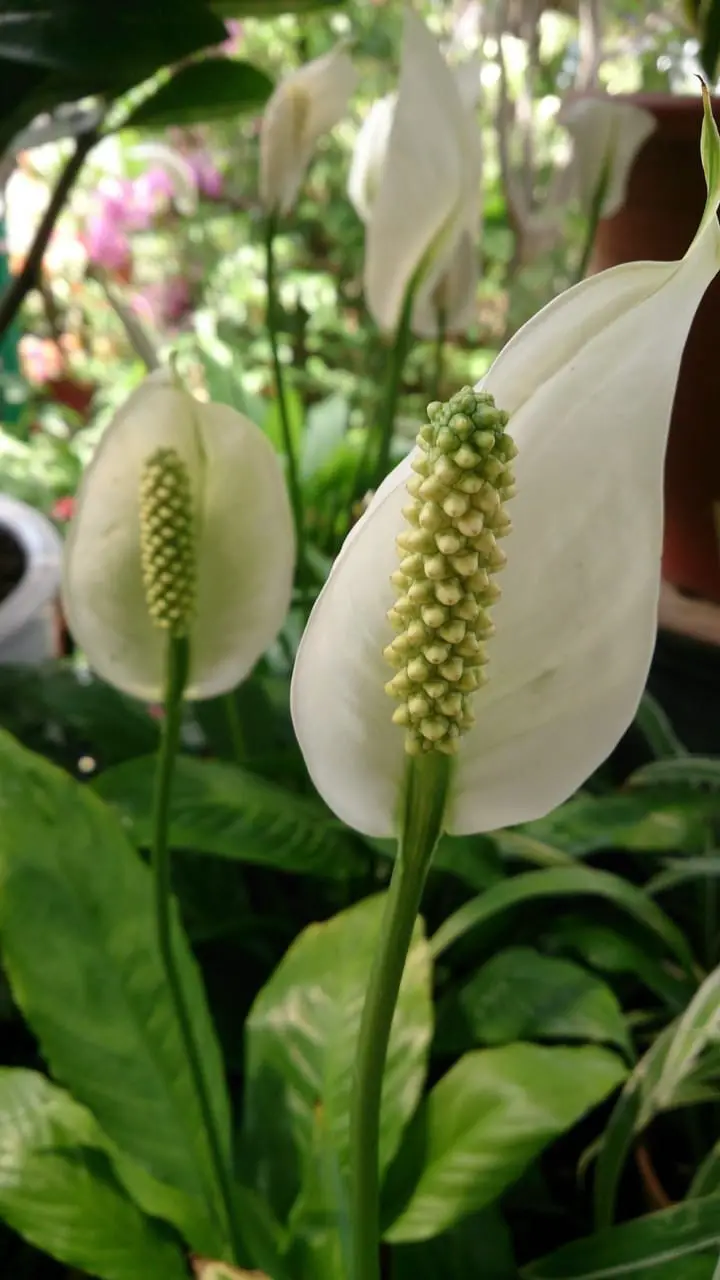
Although often referred to as fake lilies, these plants have earned a special place among many houseplant enthusiasts. Their unique appearance, featuring pear-shaped white flowers with cream-colored spathe-like structures in the center and large, dark green leaves, has captivated the hearts of many. The resemblance to calla lilies is undeniable, yet they possess a distinct charm that sets them apart. Despite being artificial, their beauty and appeal have made them a staple in many homes.
Peruvian Lily (Alstroemeria)
The ‘flaming star’ flower is notable for its unique, mottled appearance, boasting a kaleidoscope of colors including pink, purple, orange, yellow, and white. When arranged in a vase, these striking blooms have the potential to remain vibrant for up to two weeks, making them an attractive choice for floral arrangements.
Pearly Everlasting (Anaphalis margaritacea)
A popular choice for borders, this versatile perennial herb has earned the admiration of butterfly enthusiasts around the world. Its ease of cultivation makes it accessible to gardeners of all levels, while its origins in Africa and Asia add a unique cultural flair. The plant’s small, delicate flowers are characterized by their white color with a prominent yellow center, providing a charming focal point for any garden.
Philippine evergreen (Aglaonema commutatum)
The beautiful Calathea orbifolia is an indigenous indoor plant to the Philippines and surrounding islands in the Celebes region. Its striking feature is its large, dark green leaves adorned with prominent white stripes that dominate the leaf’s appearance. Interestingly, this plant is a seasonal bloomer, producing medium-sized, pure white flowers surrounded by a green spathe.
Primrose (Primula vulgaris)
This flowering shrub is renowned for its vibrant blooms, which appear in shades of white, pink, and yellow throughout the seasons. From spring to early winter, it produces an abundance of compact flowers that add a pop of color to any landscape. Interestingly, this plant thrives in shady conditions and one of its most celebrated varieties is the apple blossom, a standout feature that showcases its beauty.
Plume poppy (Macleaya cordata)
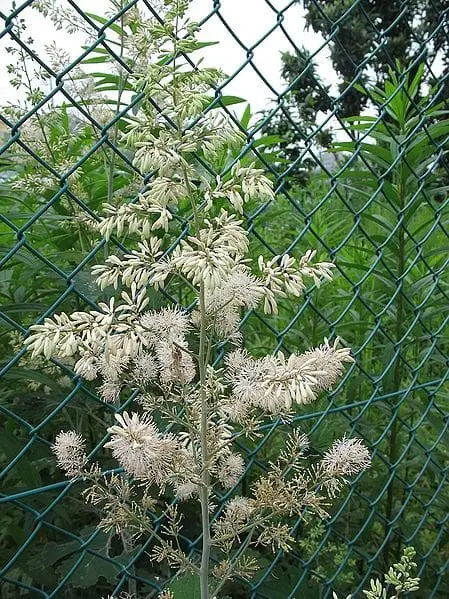
The creeping thyme’s unique characteristics are attributed to its extensive underground stems, allowing it to spread and form a dense mat of foliage. Its most notable features include the large, scalloped, dark green leaves and the small, white, clusters of flowers that bloom throughout the summer months.
Plume Celosia (Cockscomb)
The velvety beauty of the bedding flower is renowned for its vibrant palette, featuring deep shades of yellow, fuchsia, orange, white, and red. Its adaptability allows it to flourish as either a towering shrub or a low-growing bush, with the added benefit of freely reseeding itself. As an added bonus, this stunning bloom is relatively easy to cultivate and exhibits remarkable drought tolerance, making it an excellent choice for gardeners of all skill levels.
Primrose (Primula × pubescens)
One notable variation of the primrose is characterized by its vibrant crimson hue, punctuated by white-centered blooms that adorn the landscape during the warmth of summer. This stunning variety flourishes in shaded environments, where it becomes a haven for fluttering butterflies.
Pincushion Flower (Scabiosa japonica)
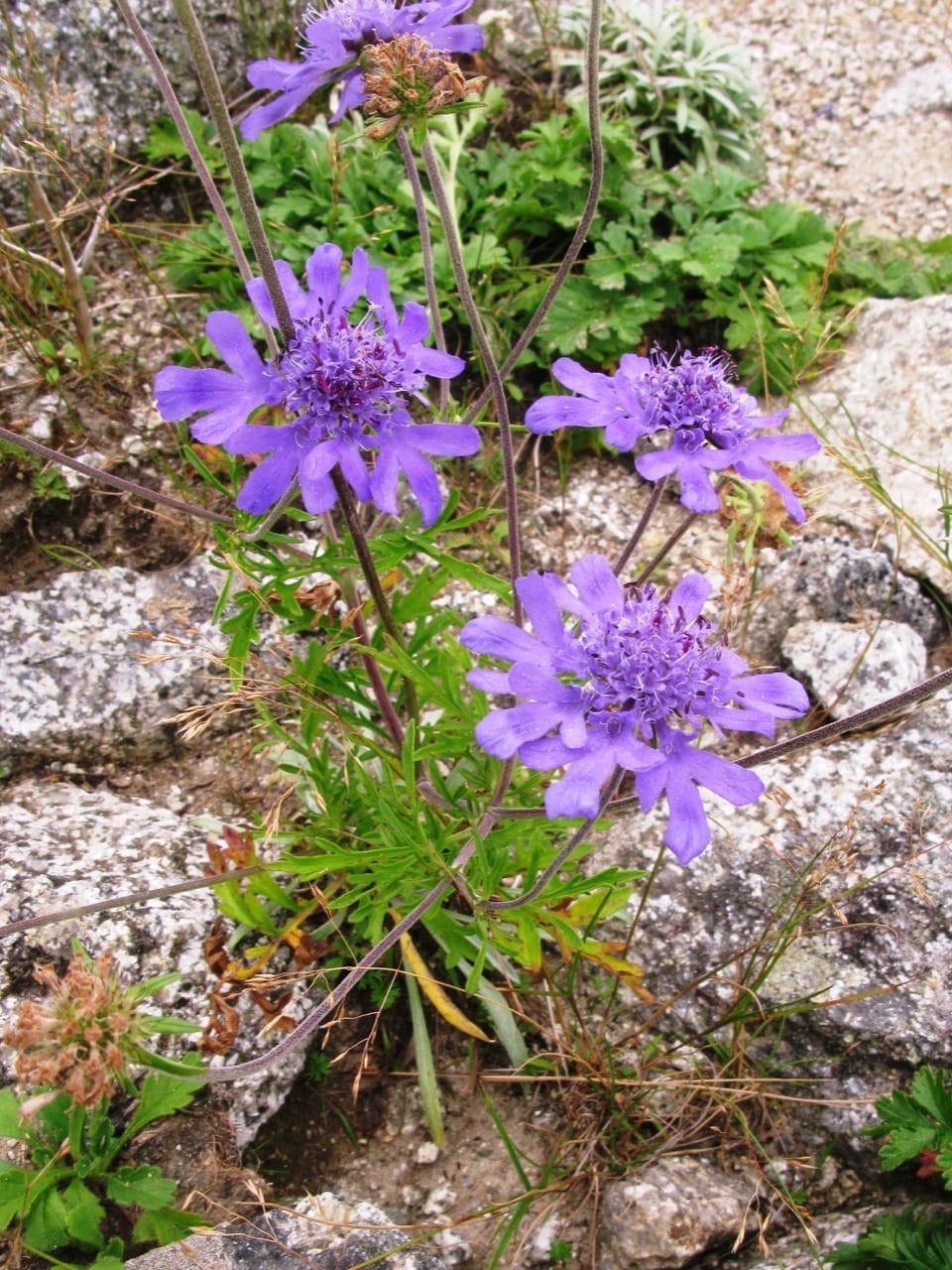
Lavender-pink pin-like flowers, reminiscent of miniature pincushions, adorn the Delphinium, a charming landscape flower often used as borders or in accentuating whimsical cottage gardens. This lovely bloom thrives from summer through early autumn, bringing a touch of elegance to any outdoor space.
Prairie phlox (Phlox pilosa)
The Grenadine Dream boasts an impressive display of dainty, clustered deep purple blooms, which not only create a stunning visual effect but also serve as an effective ground cover. Its unique charm has earned it this captivating nickname.
Pencil Cholla (Cylindropuntia Arbuscula)

Exclusive to the southwestern United States and northwestern Mexico, this unique succulent stands out due to its foliage resembling thorny protrusions rather than the typical fleshy leaves found on other species. As a highlight of its growing season, it produces vibrant bronze-red blooms with distinctive yellow stripes in the spring, making it a true standout among its peers.
Perennial Flax (Linum perenne)
This versatile perennial is suitable for use as both a ground cover and a border plant. Its striking features include vibrant blue-green foliage and an abundance of saucer-shaped, sky-blue blooms that flourish from late spring to mid-summer, creating a stunning visual display.
Persian Buttercup (Ranunculus)
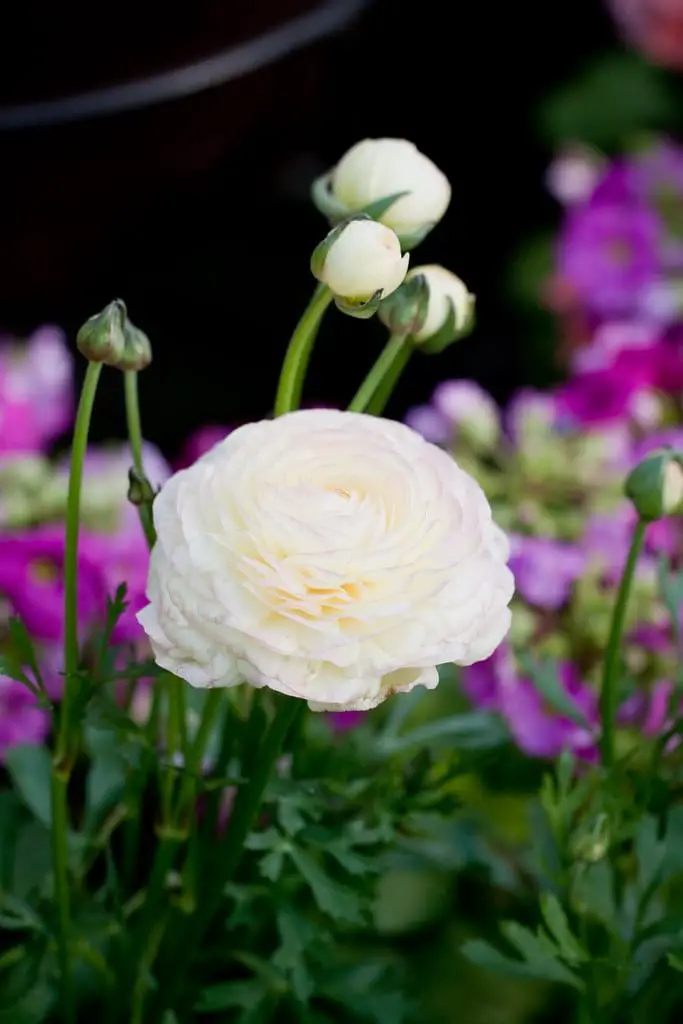
The Turban Buttercup has become a staple in the world of floristry due to its unique, layered blooms that resemble paper-thin crepe flowers. One of the standout features of this variety is its ability to produce double or frilled blooms, adding an extra layer of elegance to any arrangement. The delicate, clumped petals also earn it the nickname Turban Buttercup, a moniker that reflects its dainty and refined appearance.
Pink Lady’s Slipper (Cypripedium Orchid)
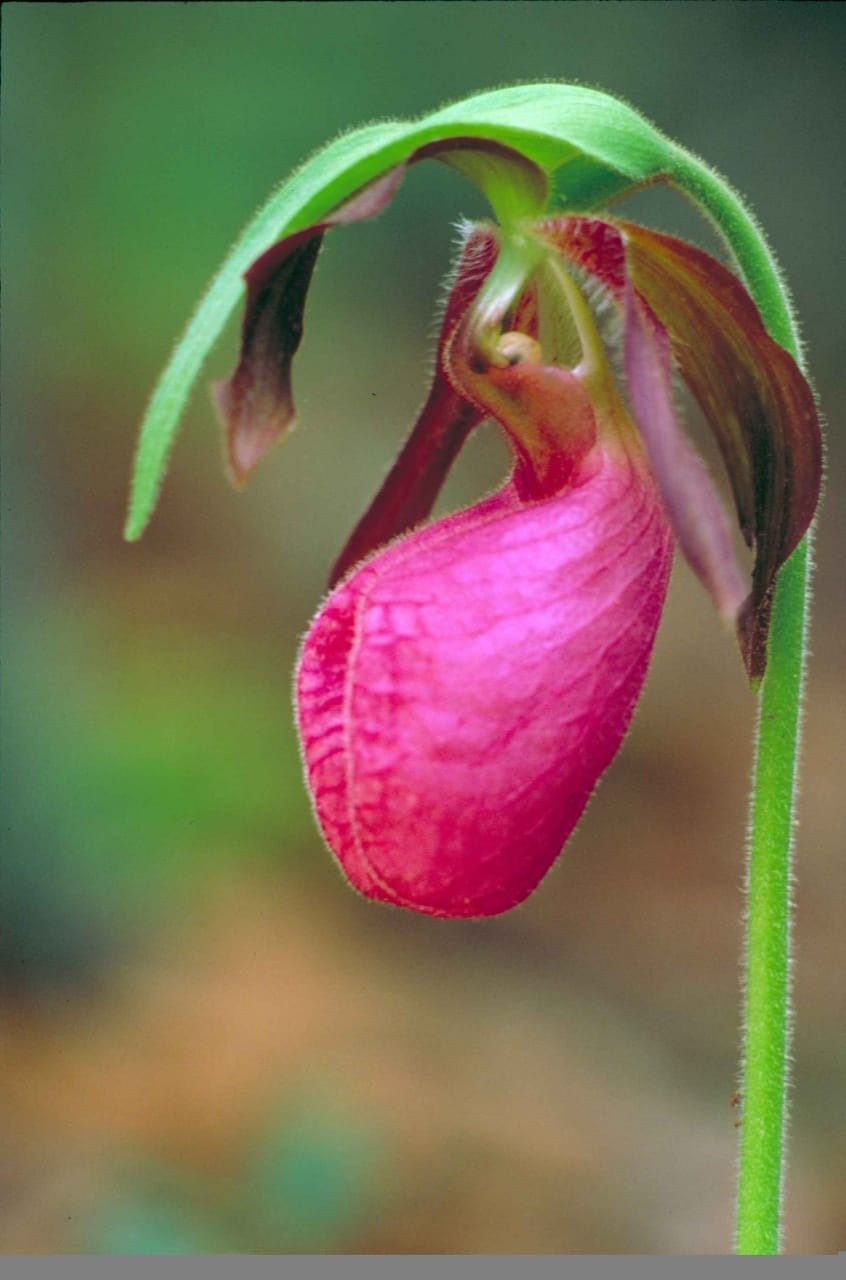
The Paphiopedilum orchid, a terrestrial species, is renowned for its striking blooms. Its flowers feature an impressive pouch-like structure, reminiscent of a slipper, within which three slender maroon petals unfold like delicate canopies. This unique appearance is just one aspect that sets this hardy orchid apart.
Primrose (Primula × bulleesiana)
The Candelabra Primrose is a unique hybrid that excels in environments characterized by dampness and shade. Its distinctive feature is the tiered arrangement of flowers on leafless stems, earning it the name Candelabra Primrose. This striking plant blooms from late spring to early summer, filling the air with its vibrant colors.
Pineapple sage (Salvia elegans)
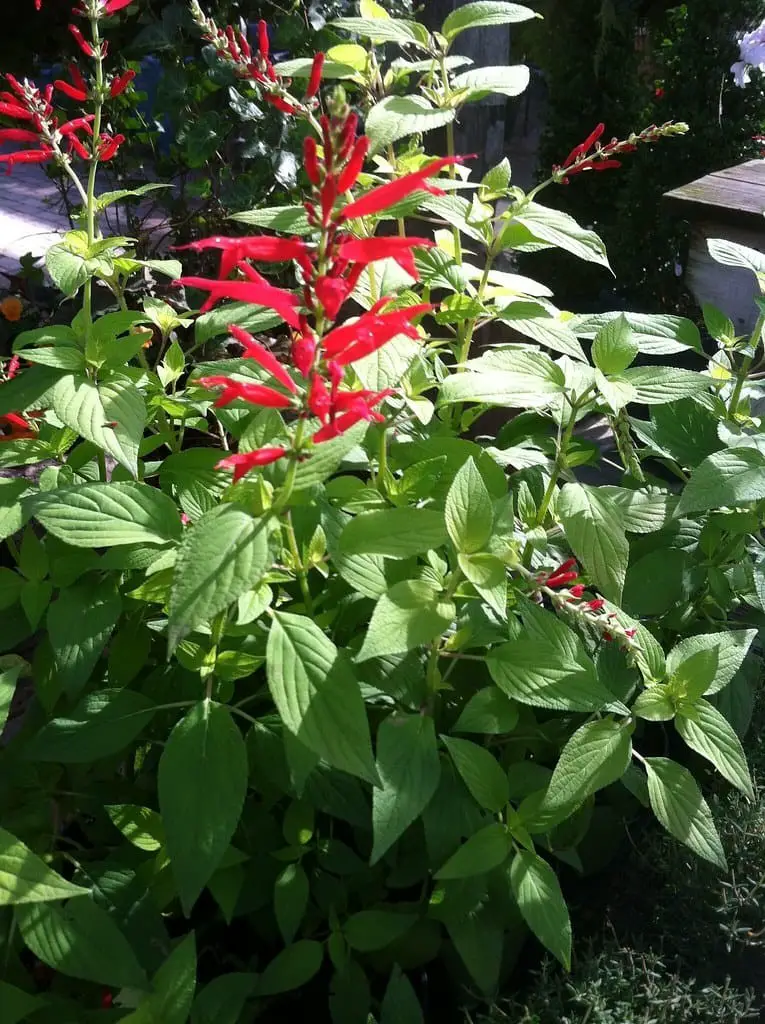
Within the Lamiaceae family, one species that stands out for its striking beauty and ability to attract pollinators is Salvia elegans. This perennial herb thrives in hardiness zones 8-11, where it can bask in full sun and benefit from well-draining soil. Its showy red flowers are a magnet for butterflies, hummingbirds, and bees, making it a fantastic addition to any garden seeking to support local wildlife.
Penstemon (Beard Tongue)

The Penstemon family (Plantaginaceae) is characterized by a range of vibrant flowers that are sure to attract attention. This particular species thrives in well-drained soil and basks in the warmth of full sun. Its hardiness zone is relatively broad, spanning from 3-9, making it accessible to gardeners across a significant geographic area. The result is a kaleidoscope of colors, with flowers available in shades of orange, white, pink, yellow, purple, red, and blue.
As an added bonus, these blooms prove irresistible to hummingbirds and butterflies, inviting them to flit from bloom to bloom.
Prairie smoke (Geum triflorum)
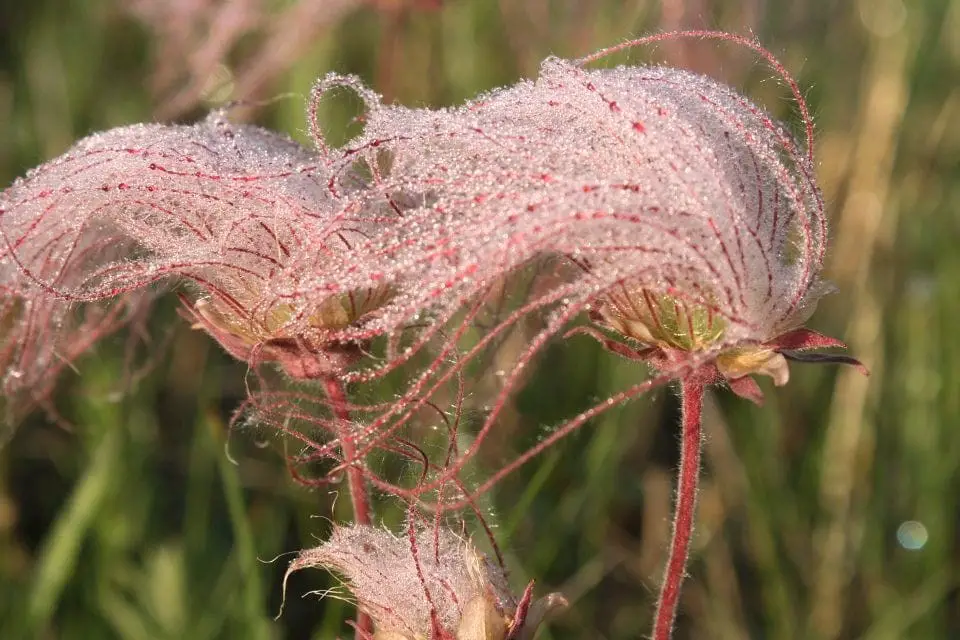
The Avens (Geum triflorum) is a perennial plant that thrives in USDA zones 3-8. This flowering beauty loves full sun and can tolerate low water conditions, making it an excellent choice for gardeners who prioritize efficiency. The showy blooms of the Avens are a treat to behold, attracting butterflies and providing a pop of color in the spring. With its adaptability to acidic, alkaline, or neutral soils that are moist and well-drained, this plant is relatively low maintenance.
Additionally, it’s deer-resistant, making it an excellent option for gardeners who want to keep their landscape safe from unwanted visitors. The Avens typically blooms between April and June, providing a delightful display of flowers throughout the spring.
Poppy (Papaver alpinum)
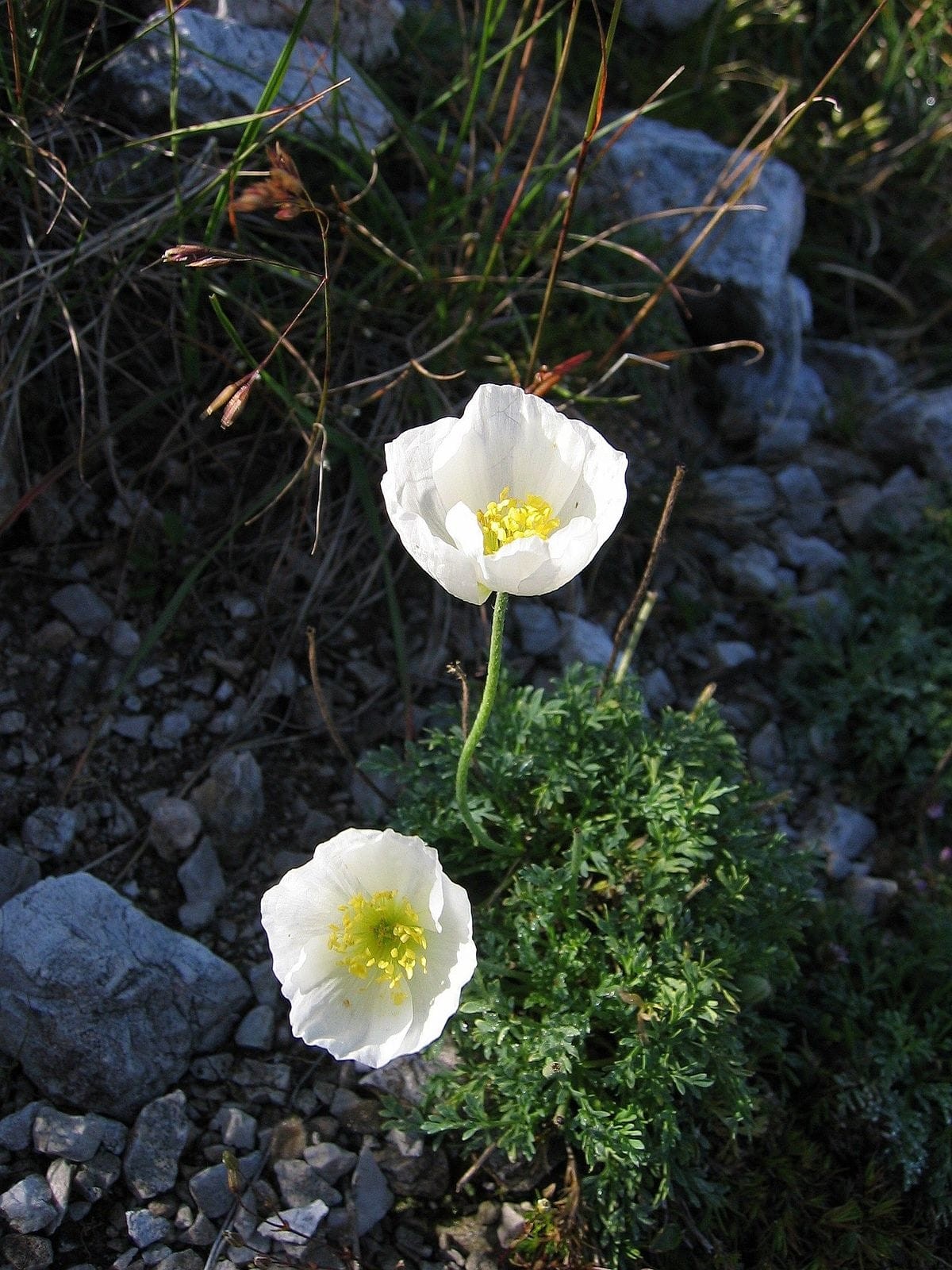
The Papaver alpinum, also known as the Alpine Poppy, is a flowering plant that thrives in well-defined environments. With its scientific name pinpointing its exact classification, this species is typically found in USDA zones ranging from 5 to 8. When it comes to sunlight, the Alpine Poppy requires full sun exposure to bloom and flourish, making it an ideal choice for sunny gardens or landscaping projects.
Pansy (Viola wittrockiana)
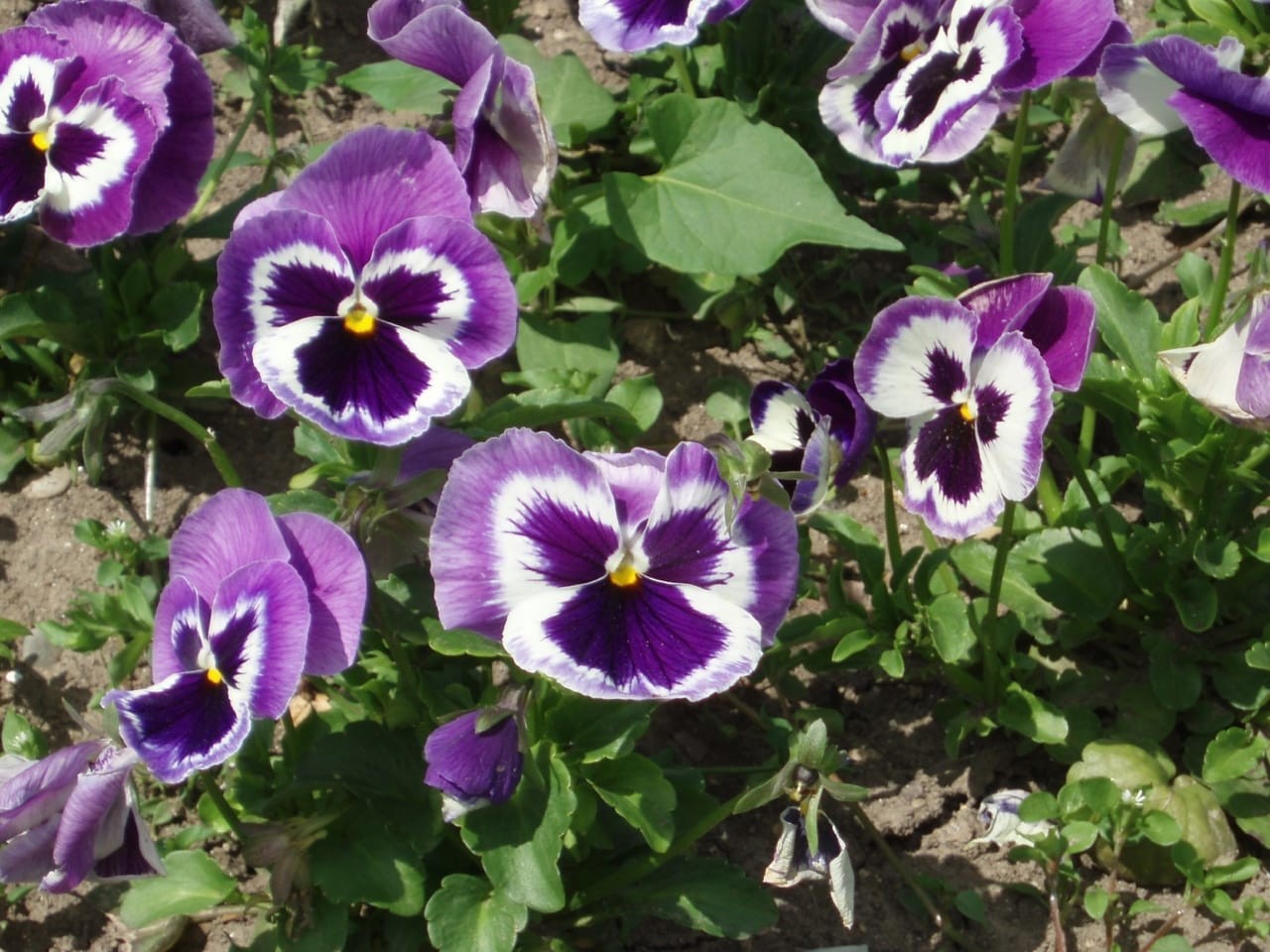
The Pansy (Viola tricolor var. hortensis) belongs to the Violaceae family and is a popular choice among gardeners. Its common name is derived from its delicate, fragrant flowers that resemble pansies. This variety thrives in USDA zones 6-10, making it an excellent option for those living in temperate climates. The Pansy’s showy flowers are not only visually stunning but also emit a sweet fragrance, attracting butterflies to the garden.
When it comes to sunlight, this flower can tolerate both full sun and partial shade, providing flexibility for gardeners who may have varying light conditions. As for watering, the Pansy is relatively easy-going and can survive with average moisture levels. In terms of soil pH, the Pansy is adaptable, growing well in acidic, alkaline, or neutral environments.
Peach leaved bellflower (Campanula persicifolia)
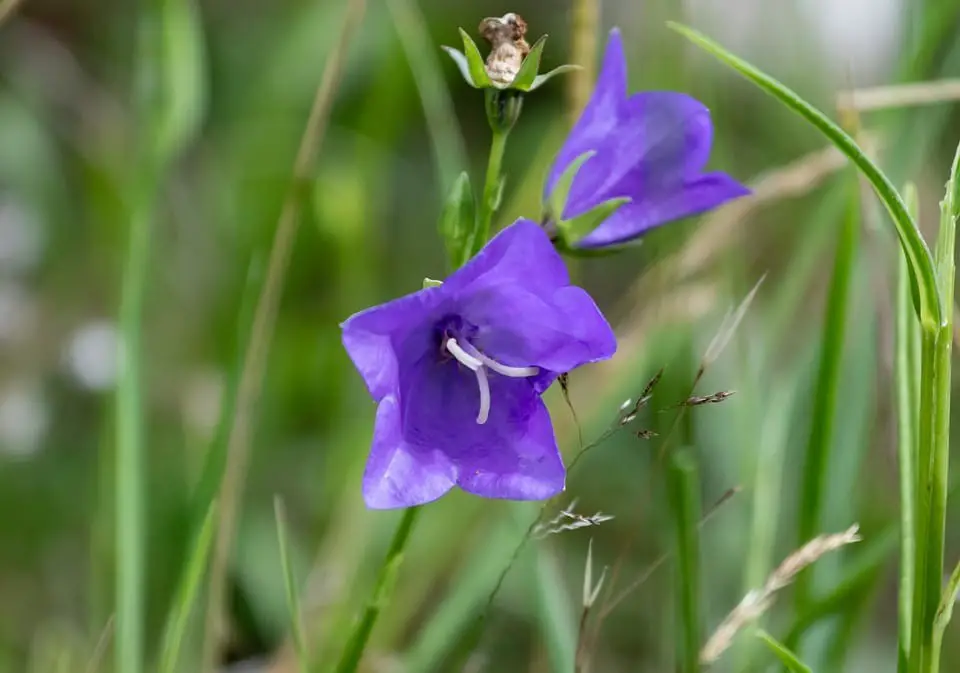
Paperbush Plant (Edgeworthia Chrysantha)
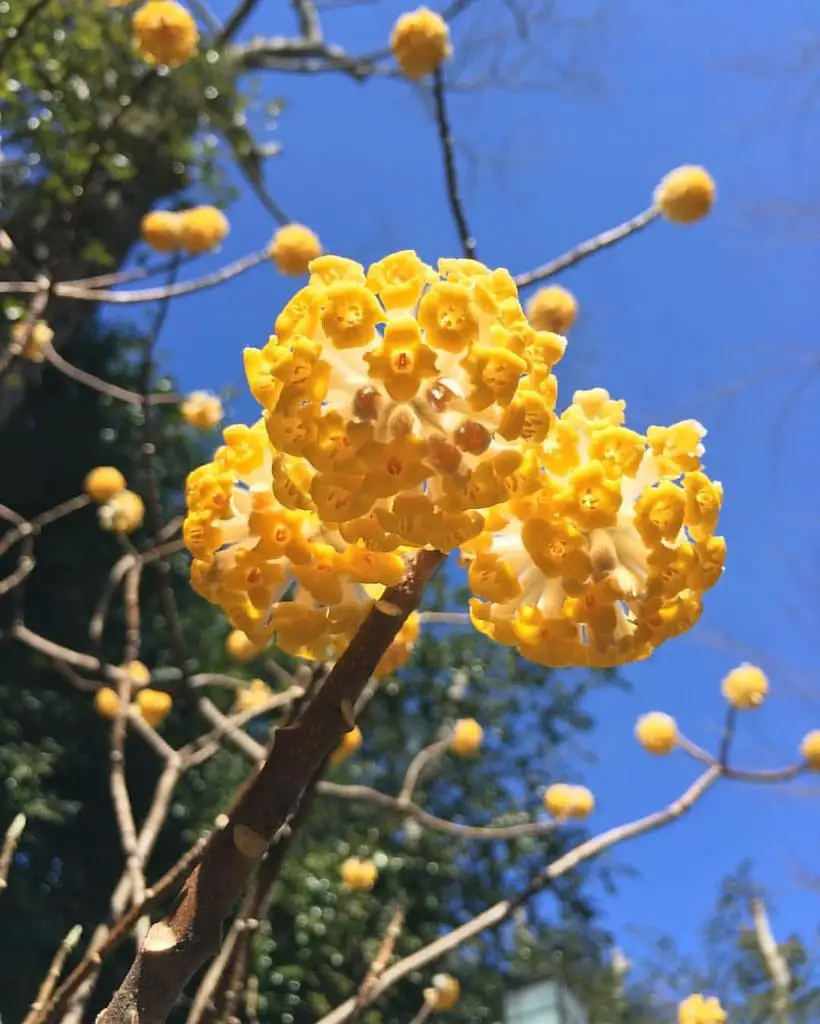
Pulmonaria (Pulmonaria rubra)
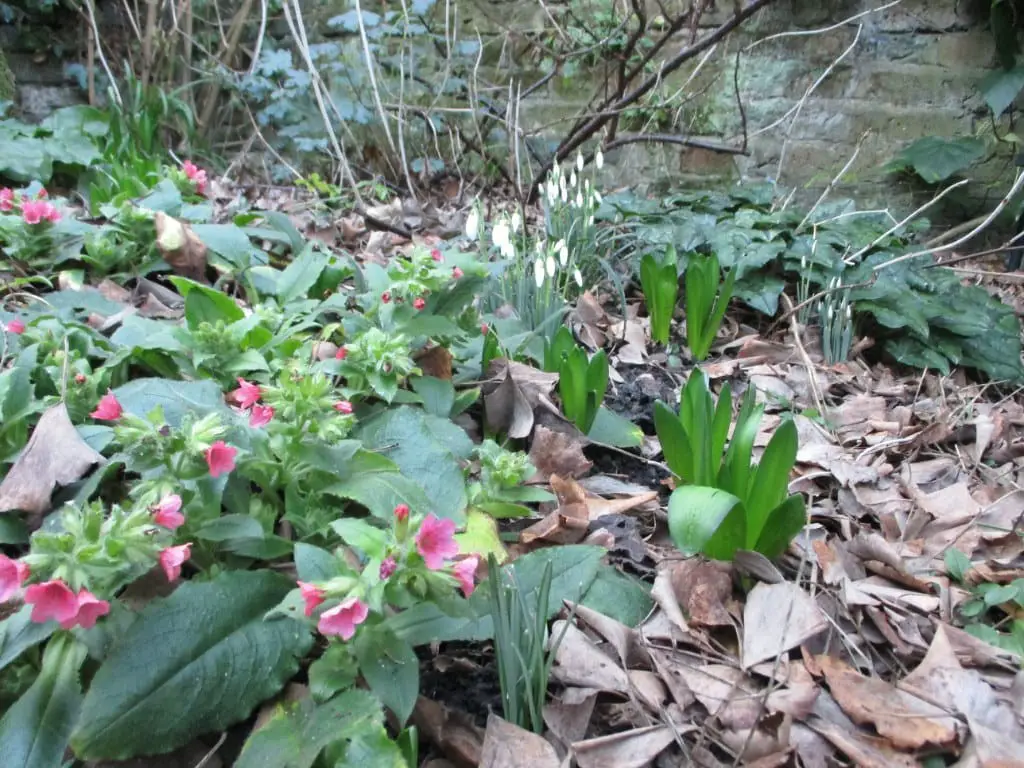
Privet Shrub (Ligustrum)
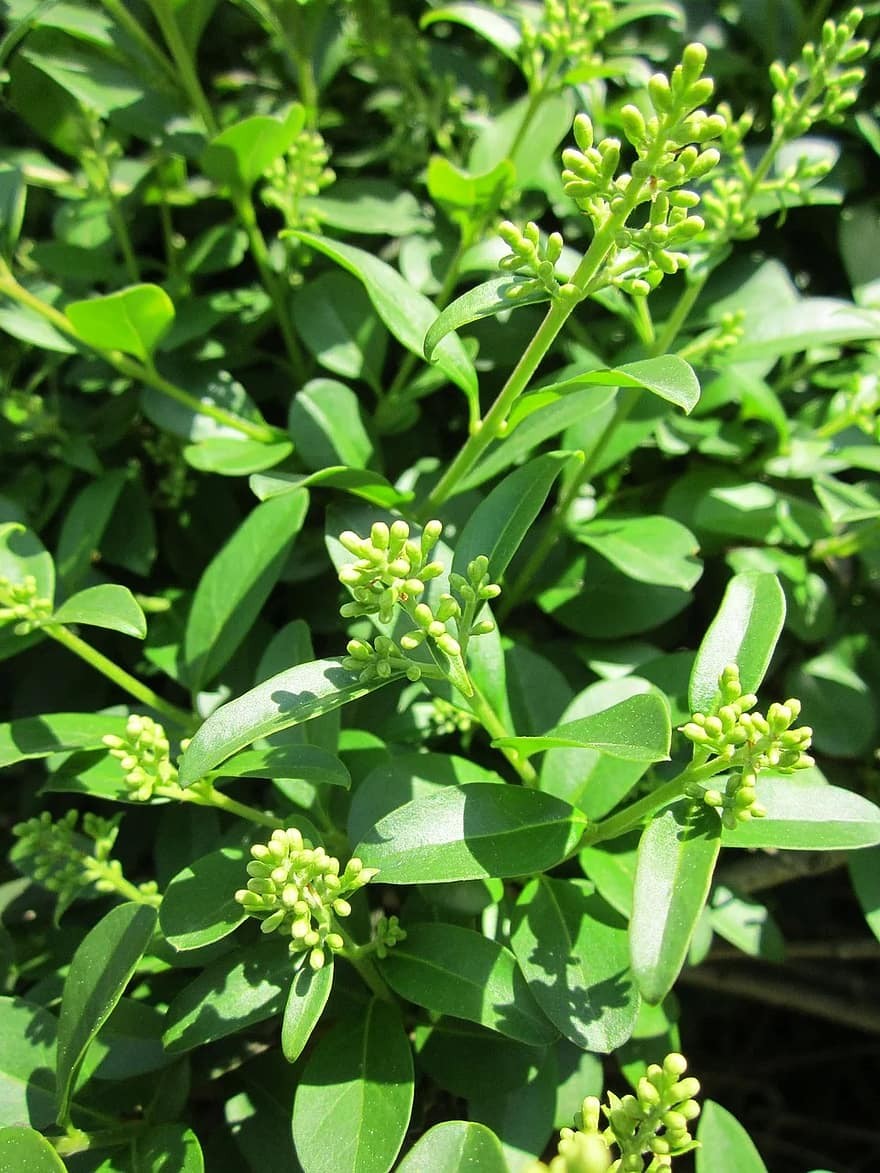
Petunia (Calibrachoa)
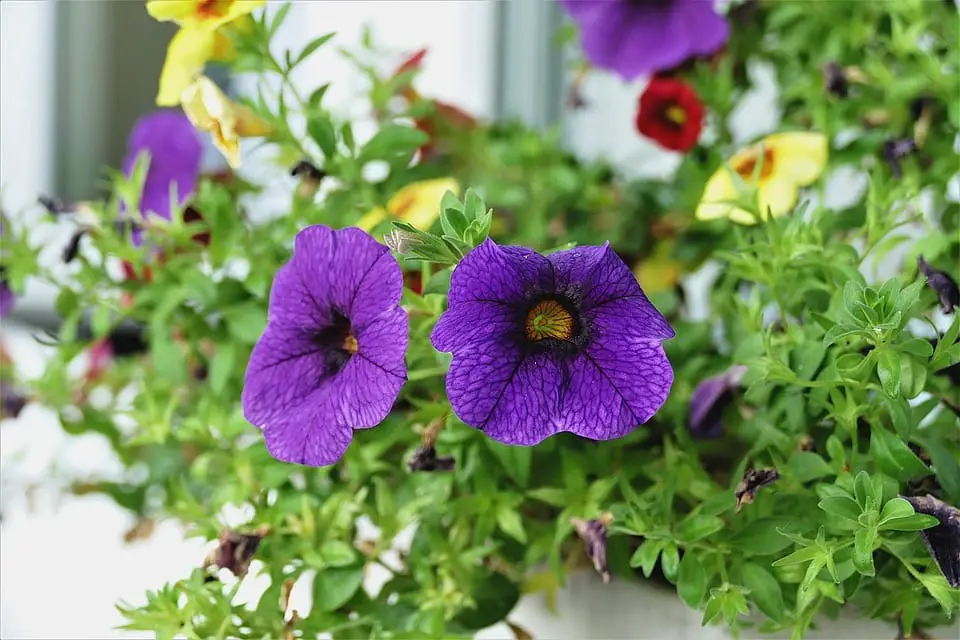
Plumbago (Ceratostigma plumbaginoides)
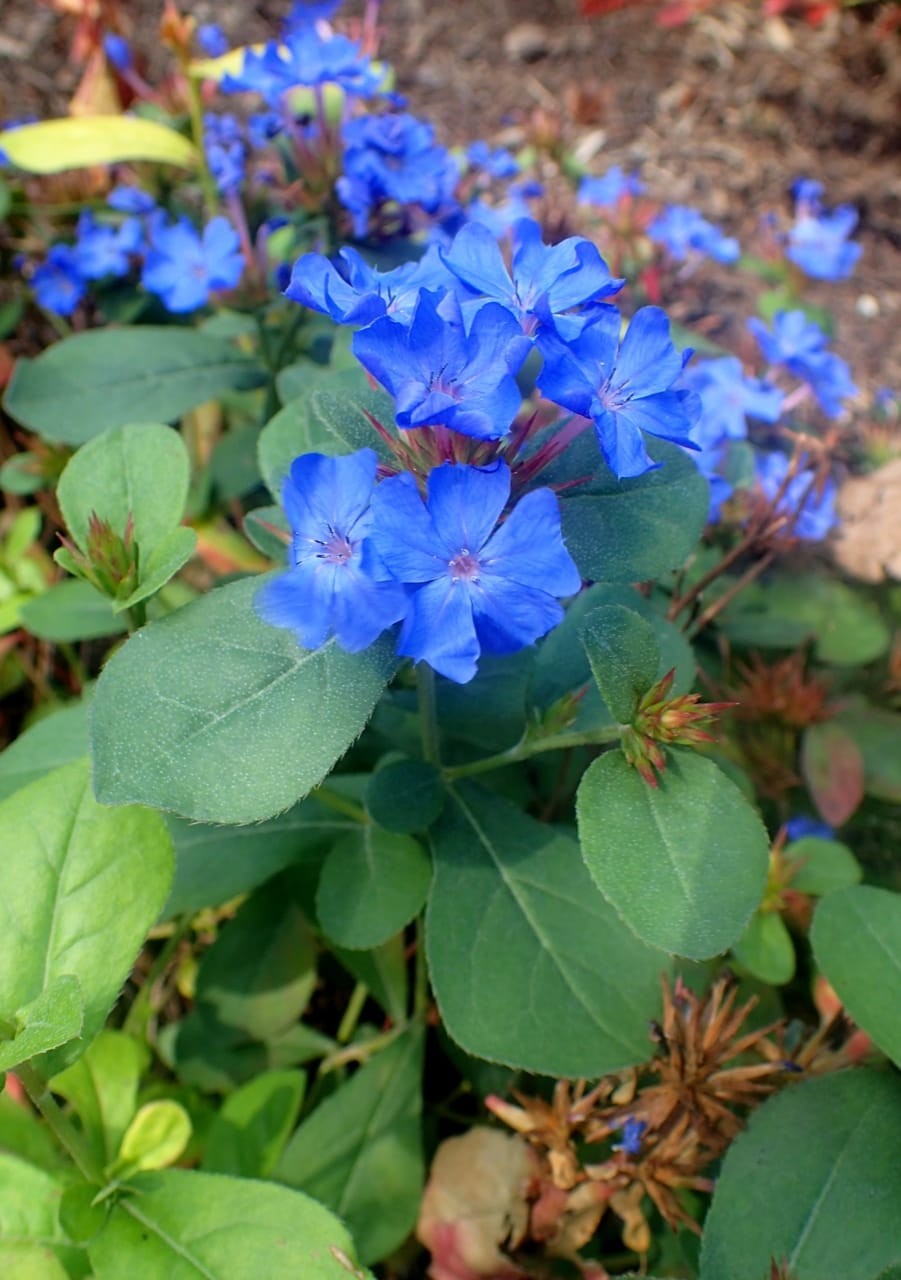
Parsley (Petroselinum crispum)
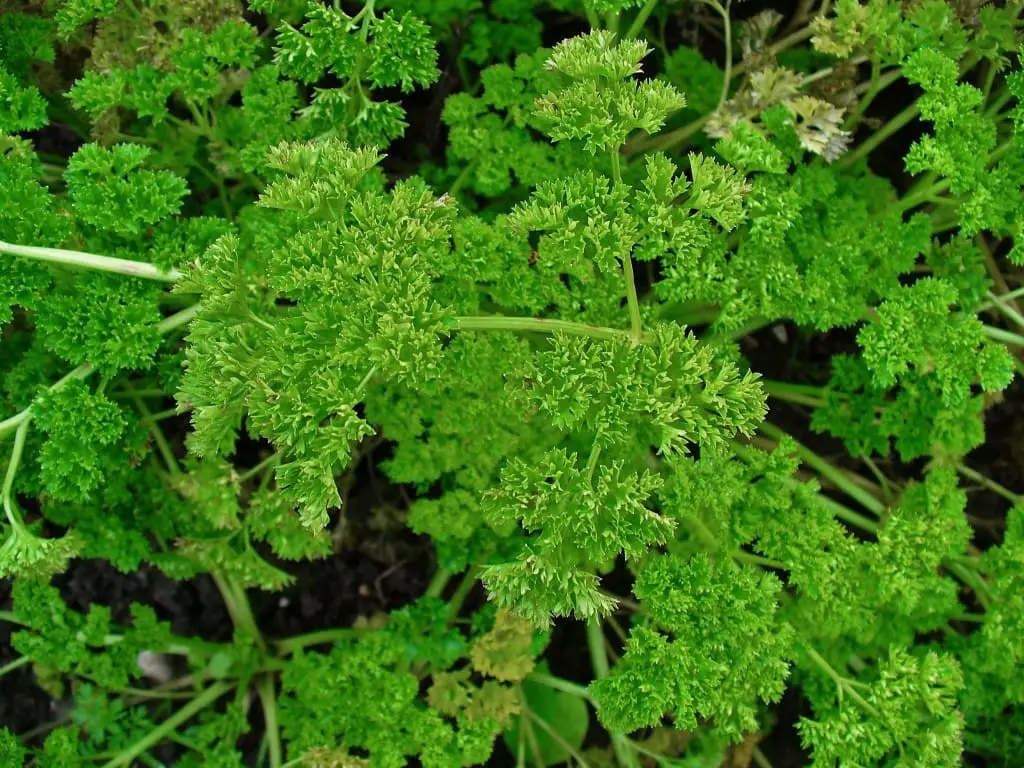
Petunia (Solanaceae)
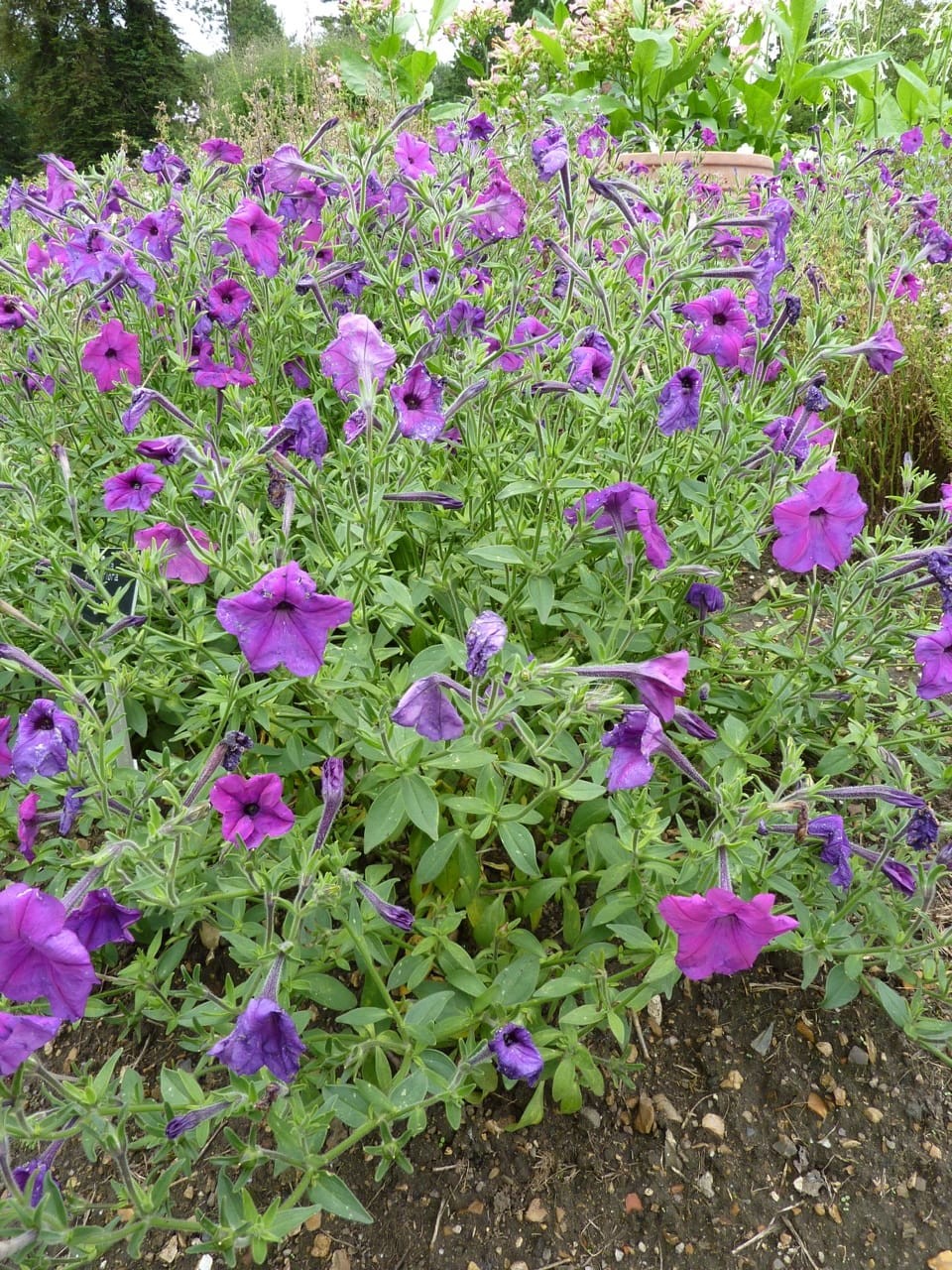
Portulaca grandiflora (Moss Rose)
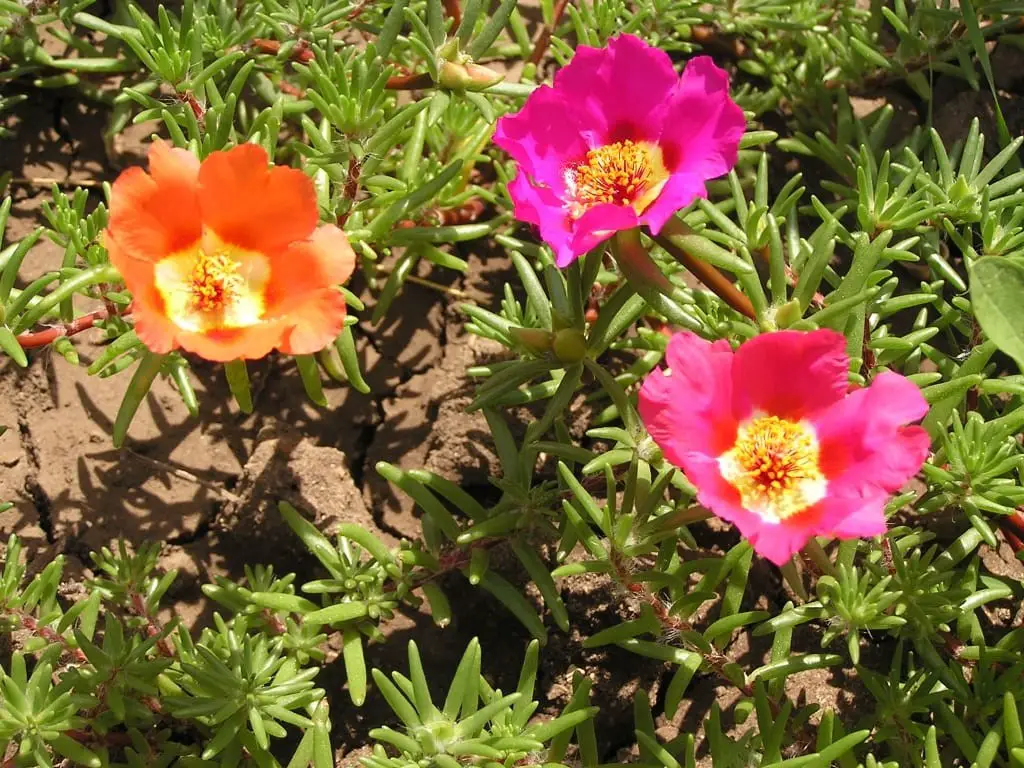
Pointsettia (Christmas Flower, Easter Flower)
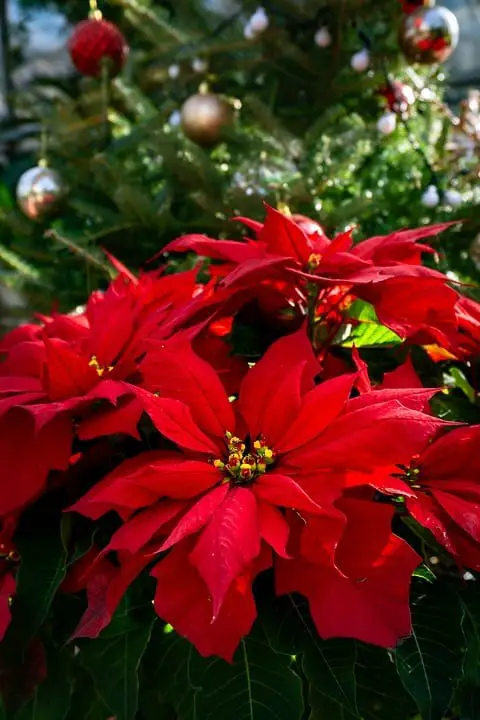
Perennial pea (Lathyrus latifolius)
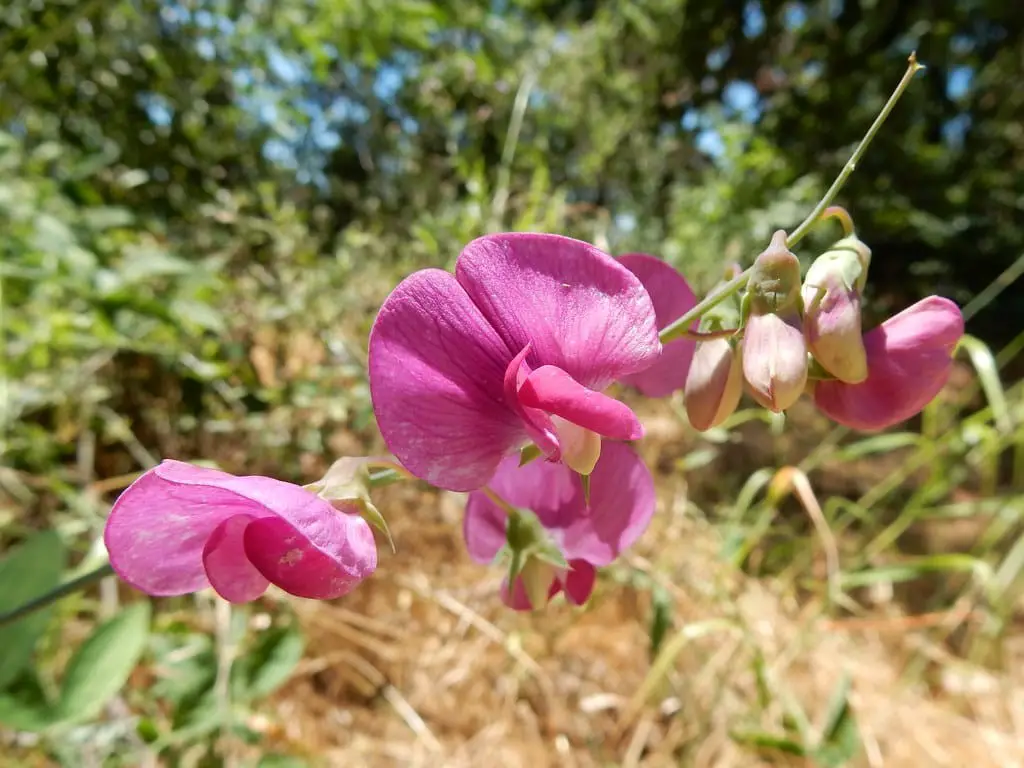
Paraguay Nightshade (Solanum Rantonnetii)
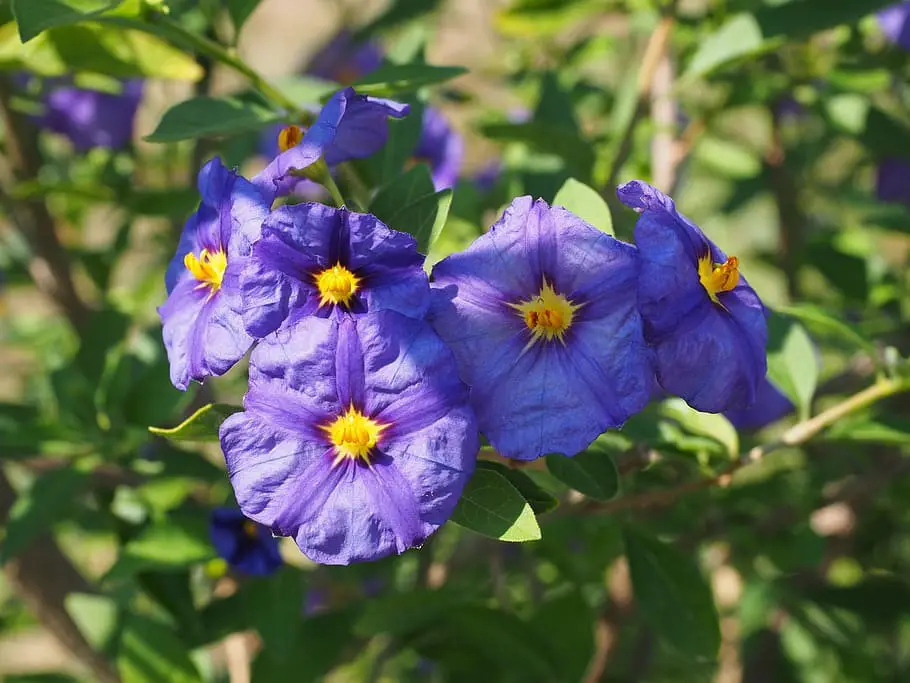
Polka Dot Plant (Hypoestes phyllostachya)

Parrot’s beak (Lotus berthelotii)
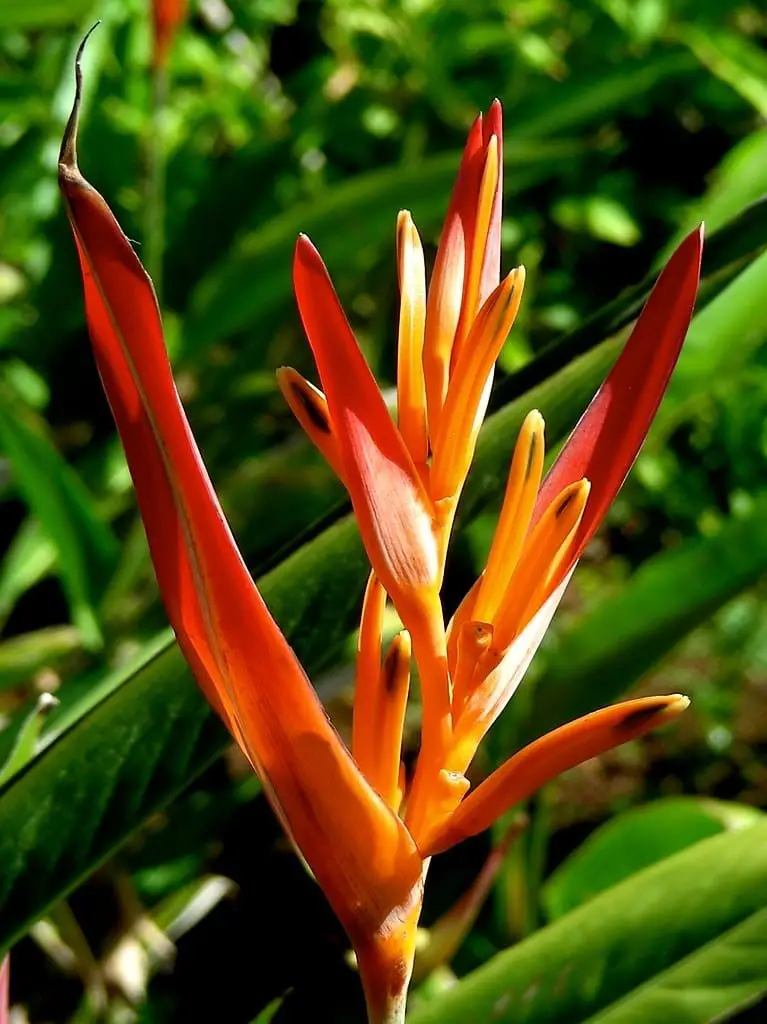
Pincushion flower (Scabiosa caucasica)
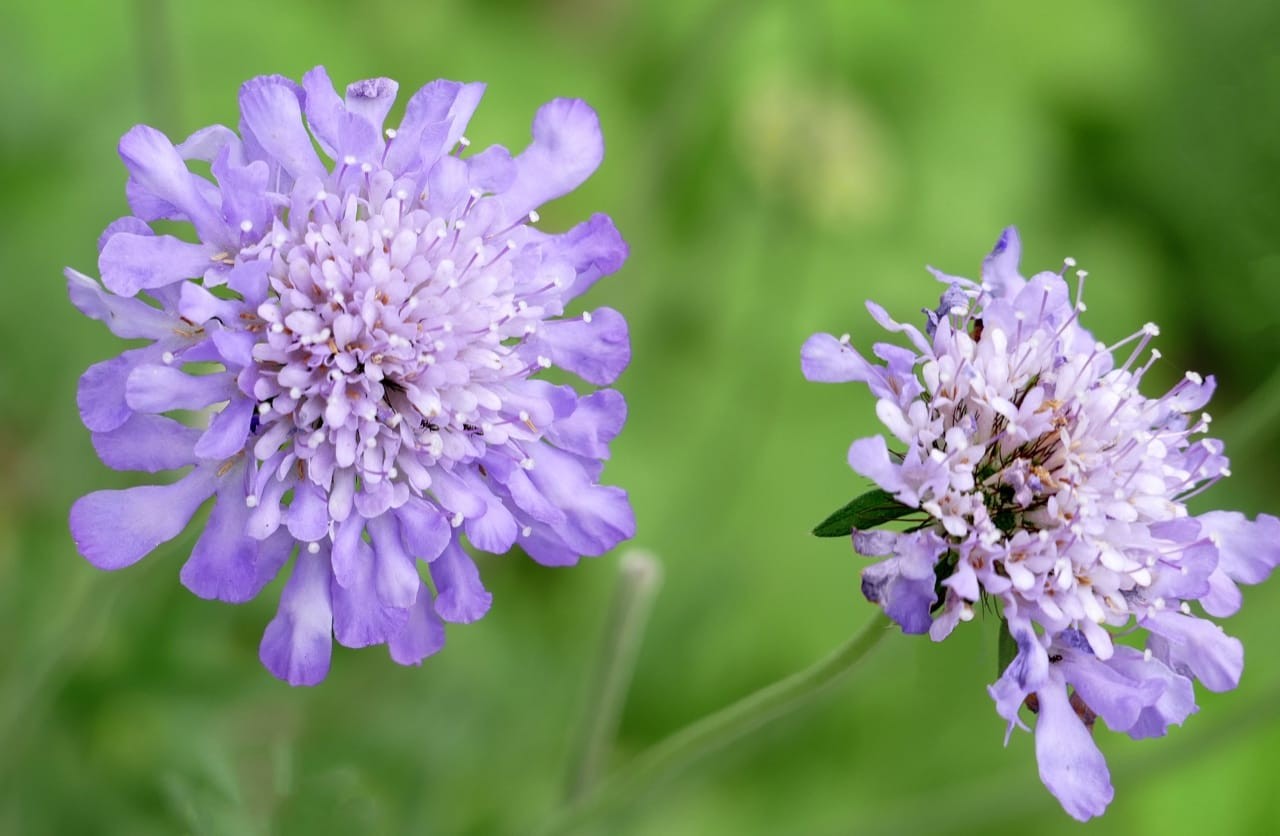
Prickly Pear Cactus (Opuntia spp.)
Painted Daisy (Tanacetum coccineum)

Paper Daisy (Helipterum roseum)
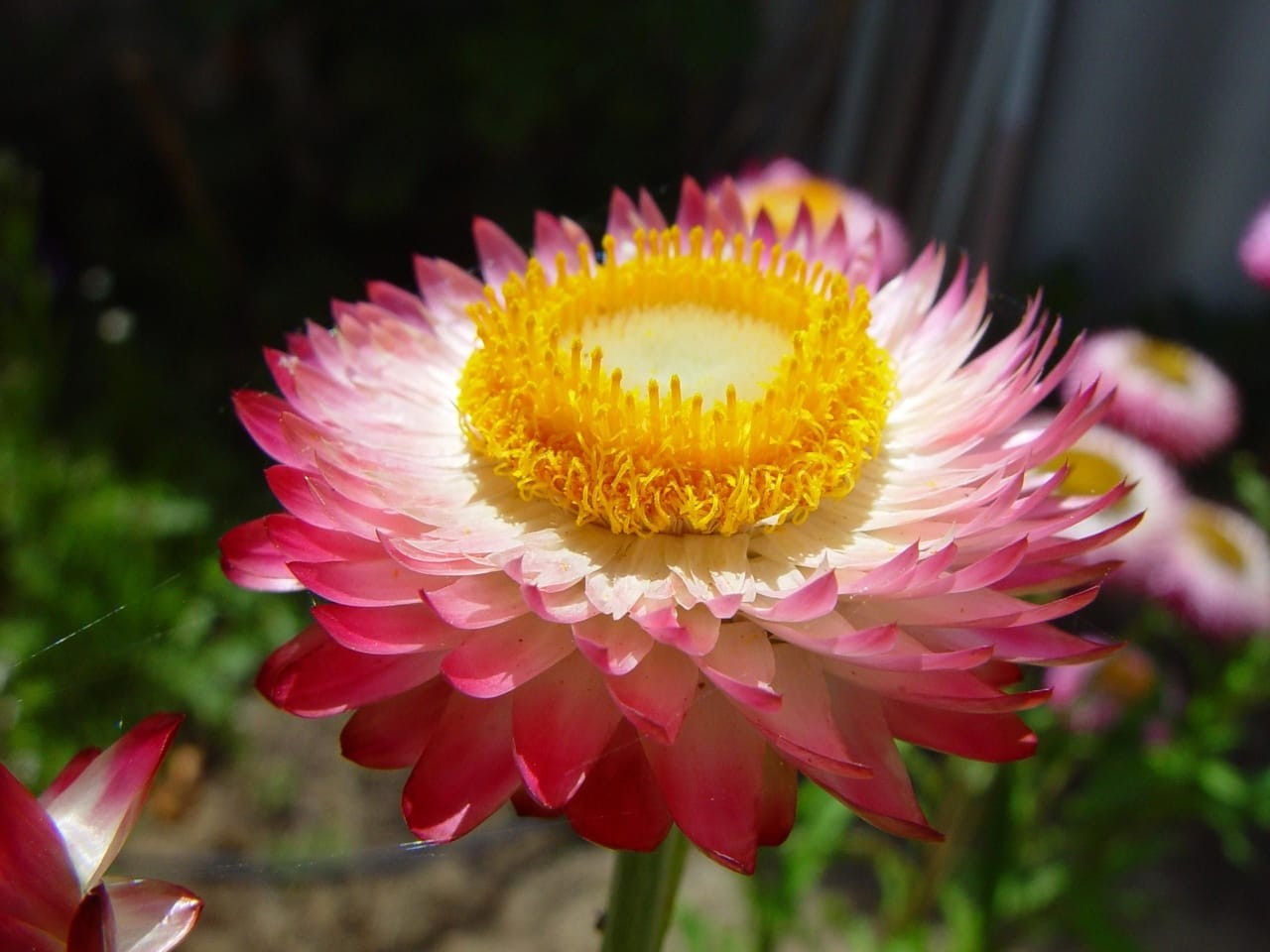
Perennial Cornflower (Centaurea montana Gold Bullion)

Peppermint (Mentha × piperita)
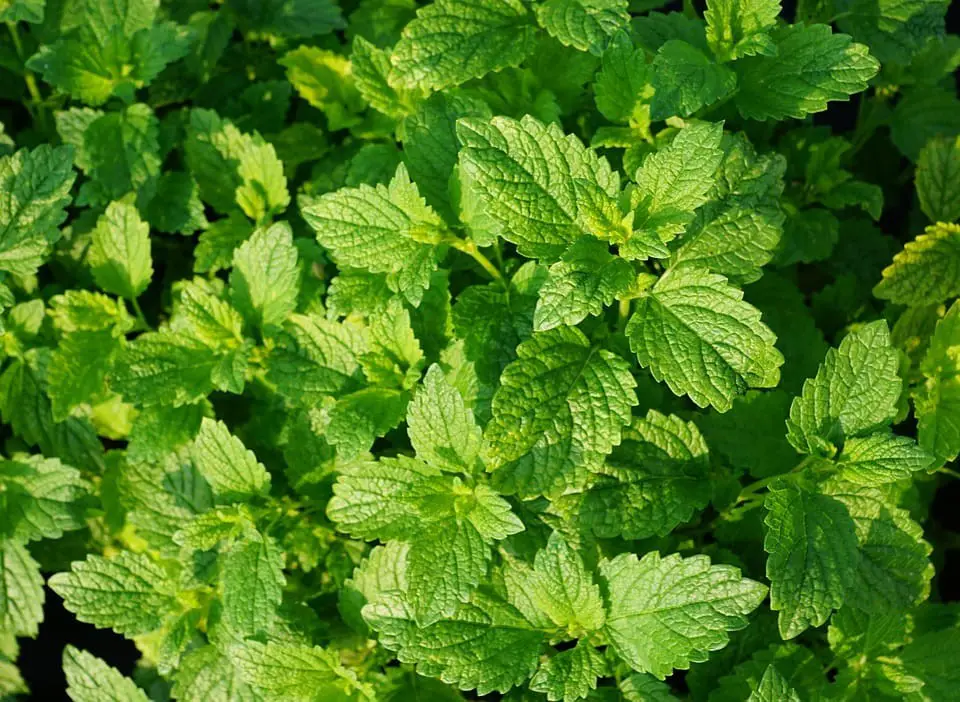
Pale purple coneflower (Echinacea pallida)

Peony (Paeonia japonica)
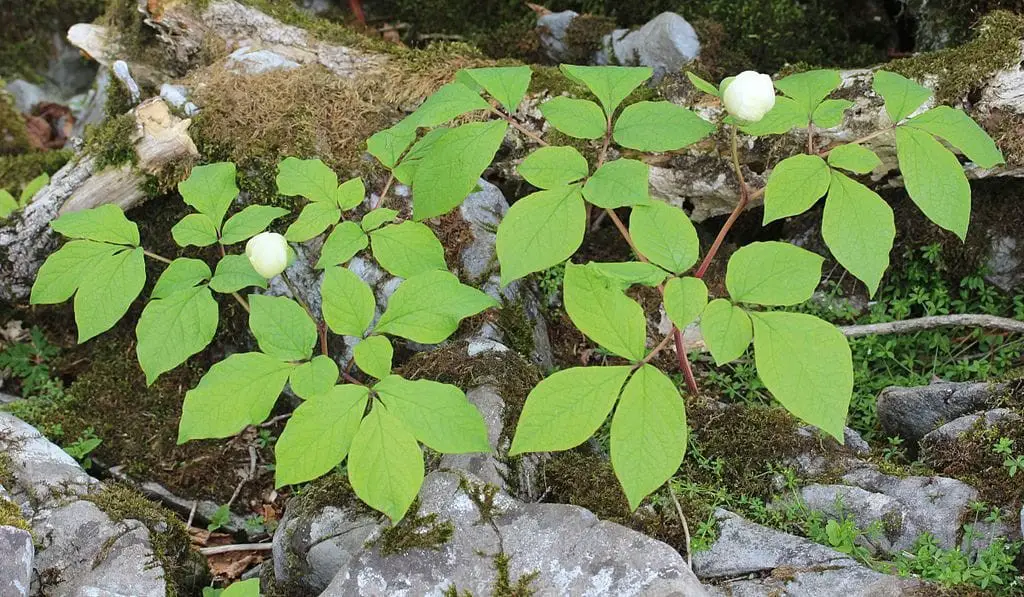
Prostrate speedwell (Veronica prostrata)
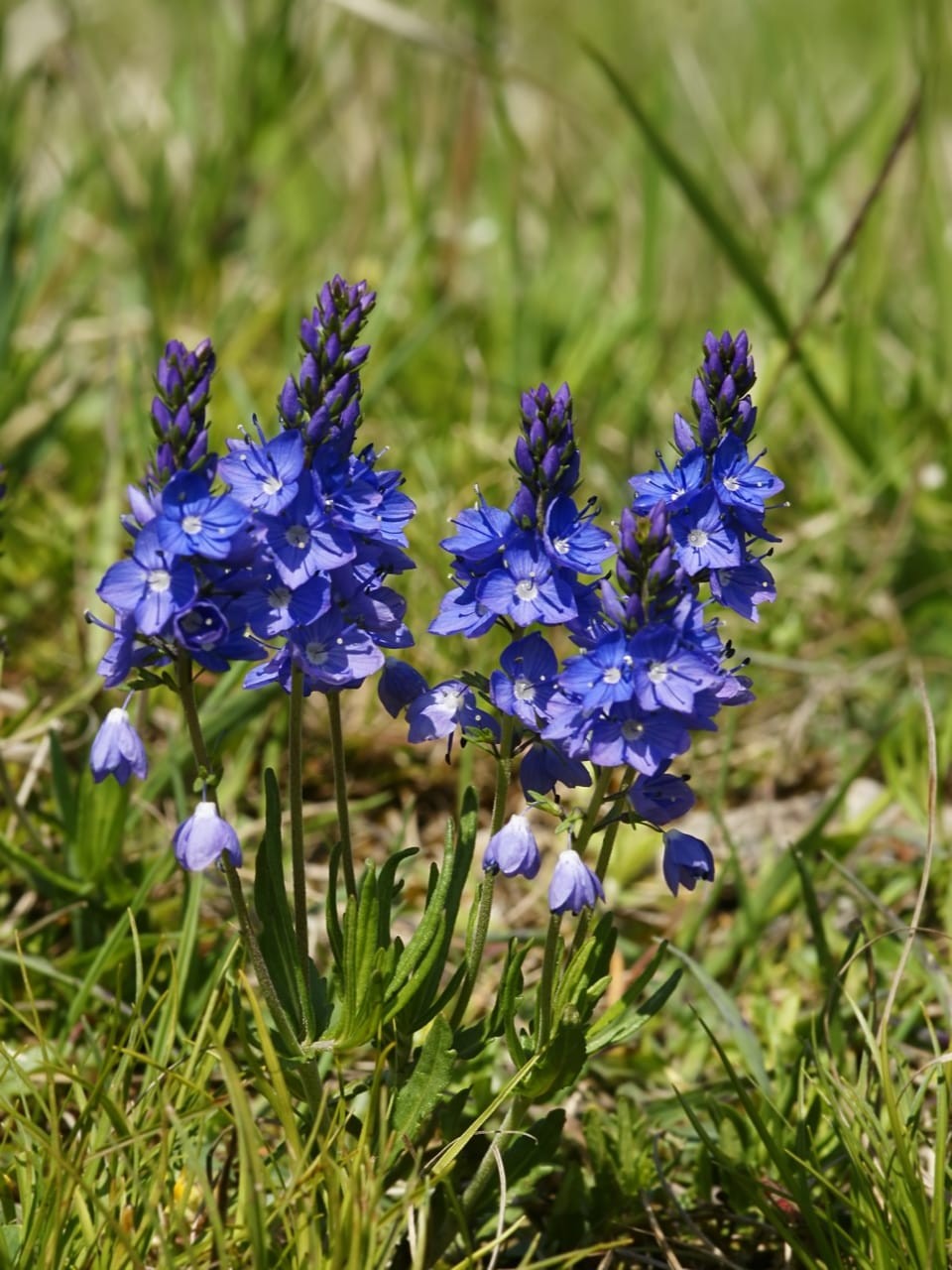
Pigsqueak (Bergenia cordifolia)
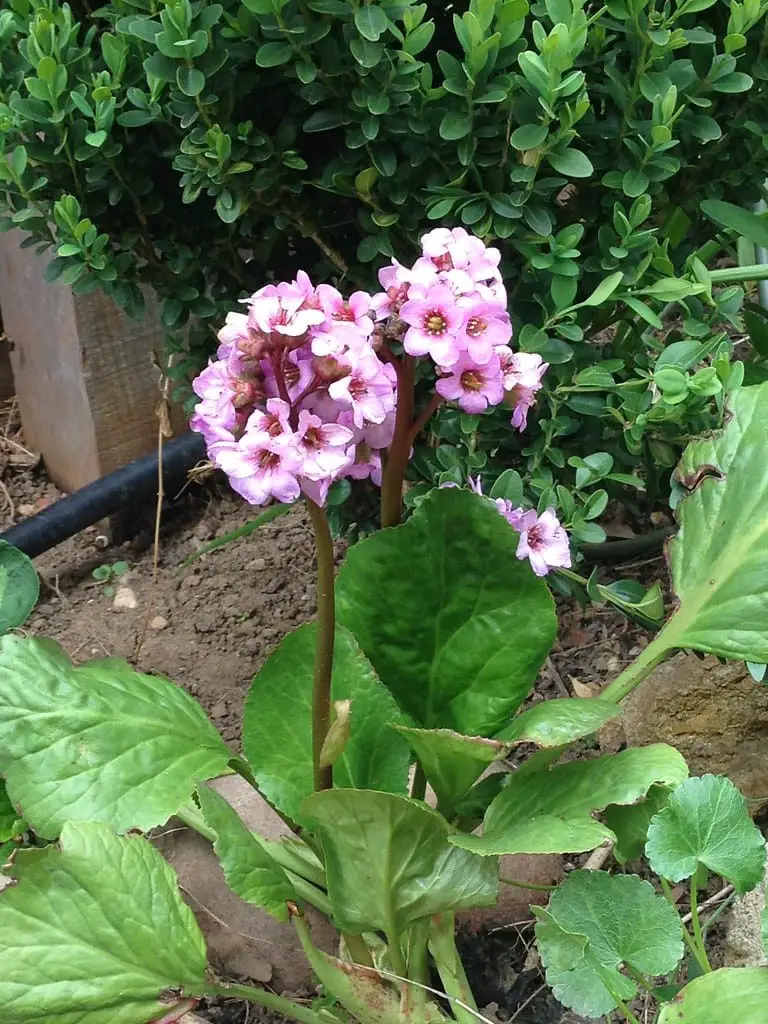
Prairie spiderwort (Tradescantia bracteata)

Paper Spine Cactus (Tephrocactus Articulatus)
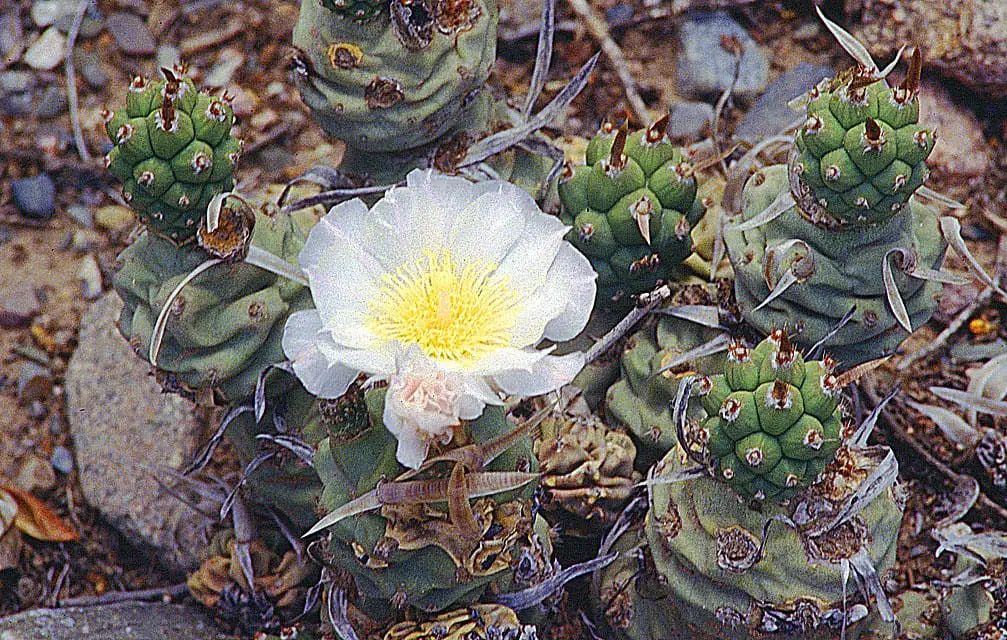
Peony (Paeonia lactiflora)
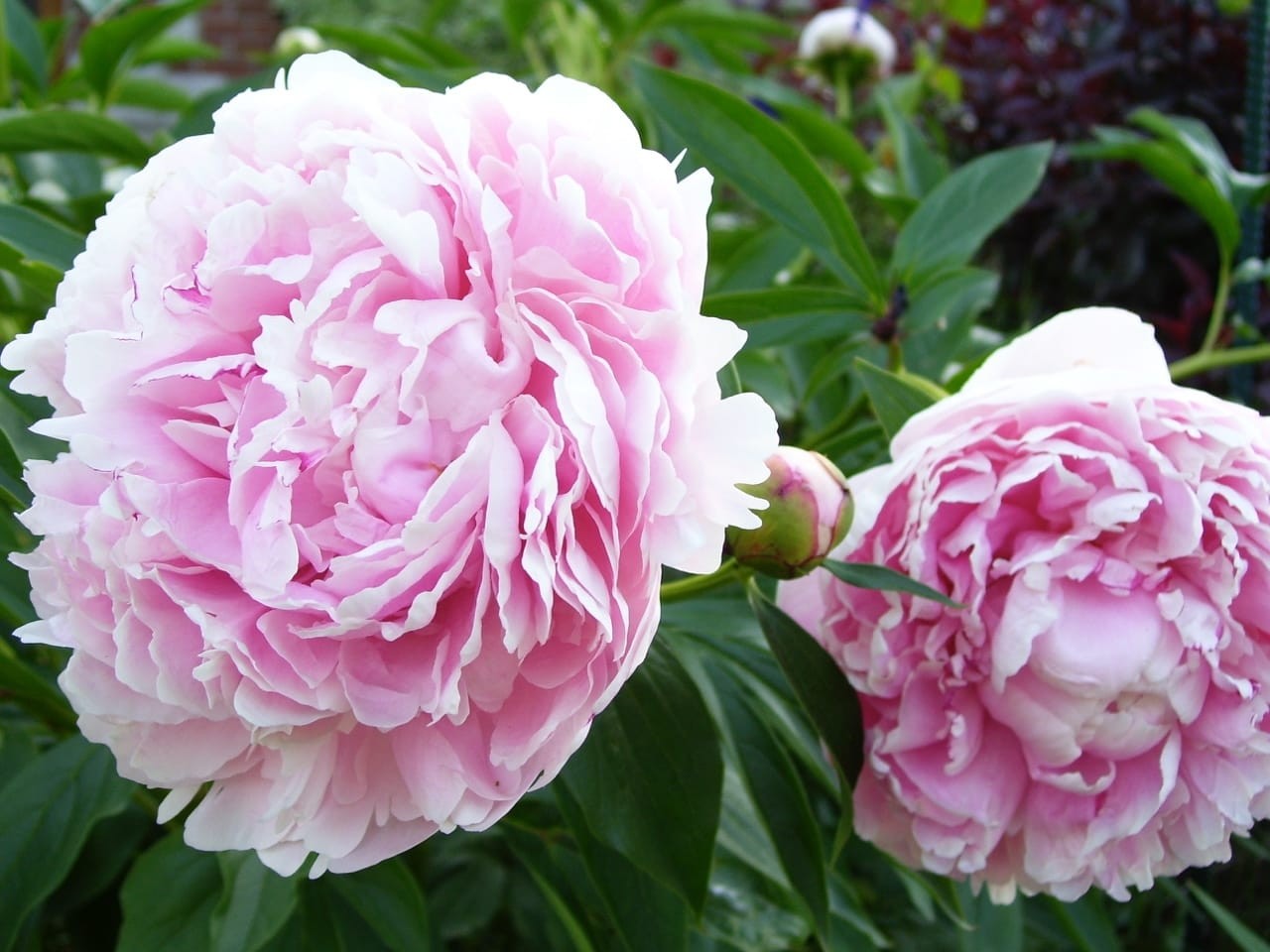
Phlox (Jacob’s Ladder)
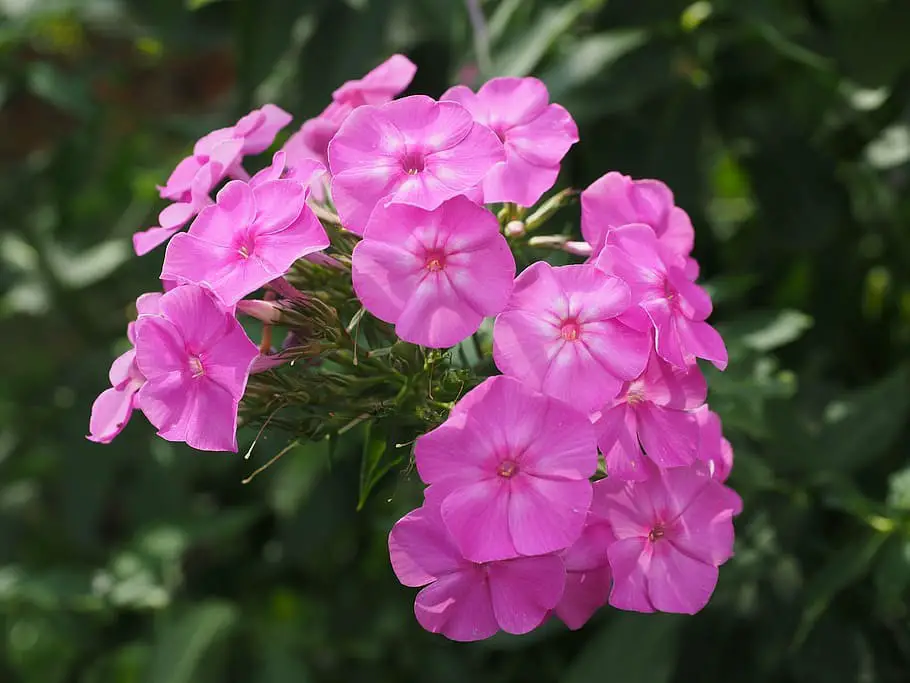
Powder Puff Cactus (Mammillaria Bocasana)
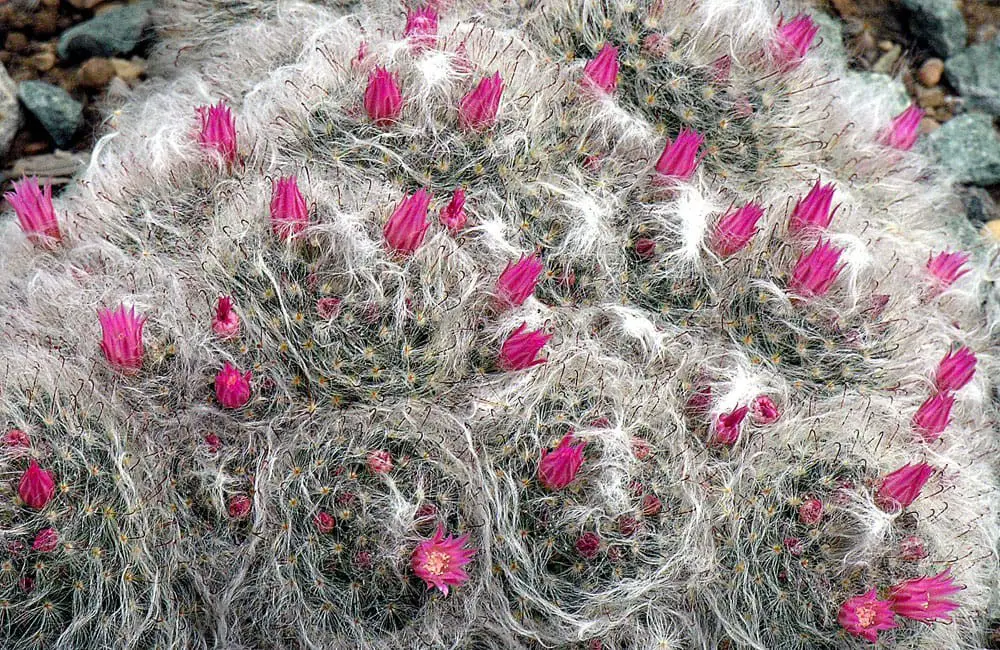
Prairie poppy mallow (Callirhoe alcaeoides)
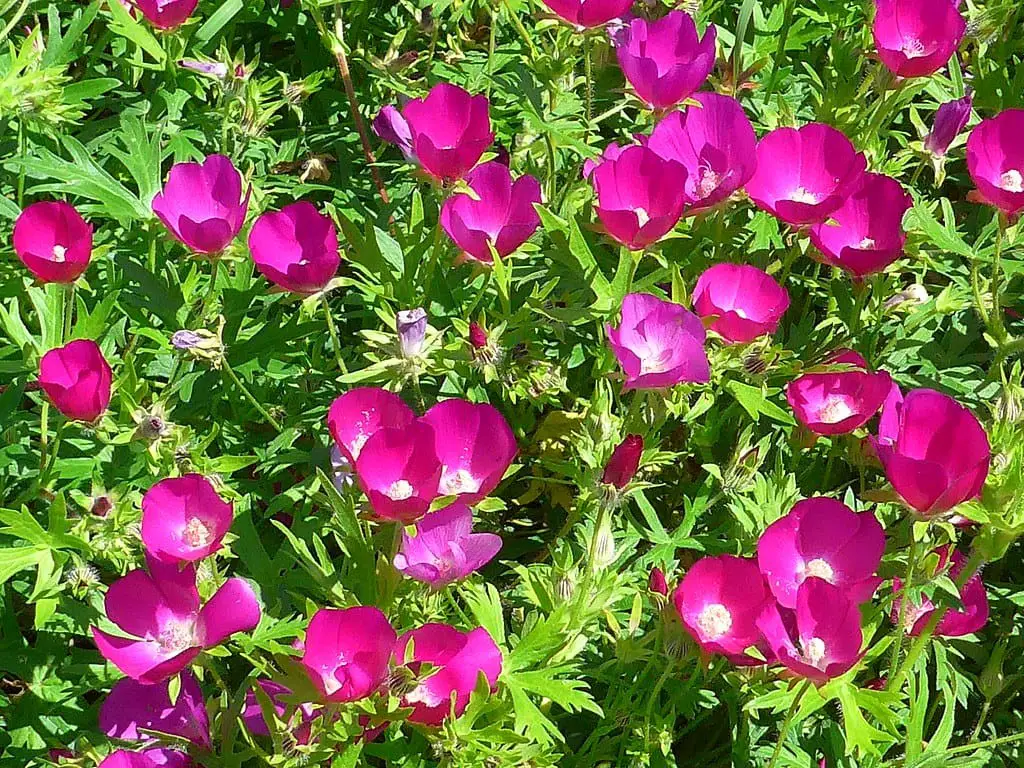
Powder Puff (Calliandra)
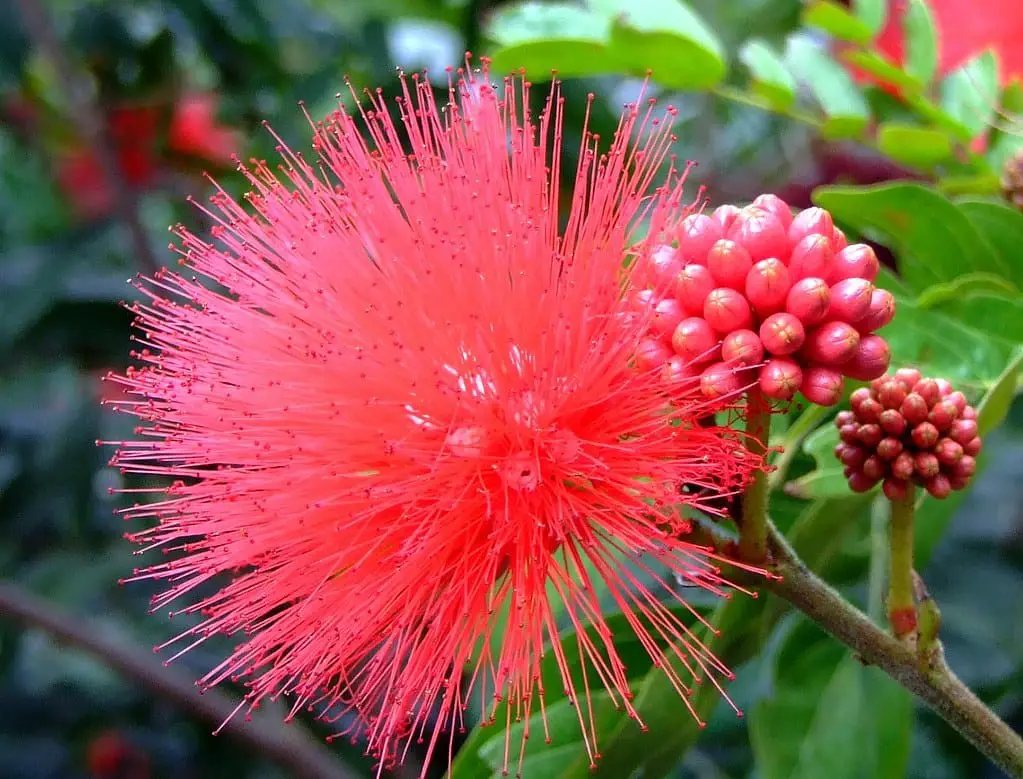
Pincushion Flower (Scabiosa)

Conclusion
The world of P flowers is a true marvel of diversity, boasting an impressive array of species. From the prickly cacti to the luscious succulents, and even including popular garden and indoor plants, as well as florists’ favorite blooms, there’s no shortage of unique and fascinating options that start with the letter P. And if you think this level of variety isn’t remarkable enough, we’d love to know what would be!
Related Posts
When it comes to flower delivery, tipping your floral courier is a common practice. However, understanding when and how much to tip can be unclear. For instance, some people may wonder if they should tip based on the type of flowers delivered or the level of service provided. To better navigate gratuities for your floral courier, let’s explore some key factors to consider. Not only will this help you determine whether a tip is necessary, but also provide guidance on how much to give.
As you continue reading, we’ll also touch base on other garden-related topics such as colorful perennials for partial shade gardens or containers, and astilbe plant profile and tips for growing.



